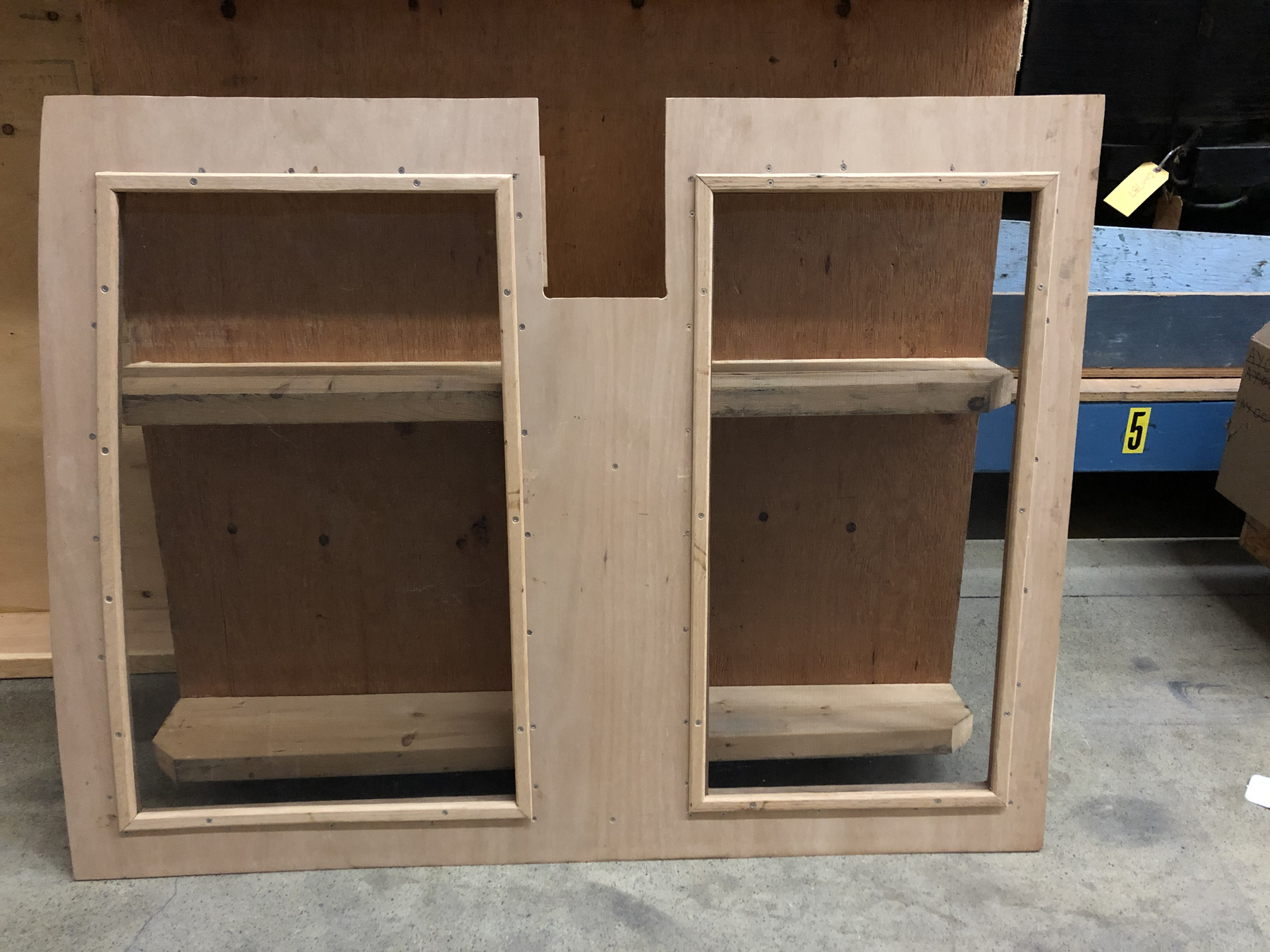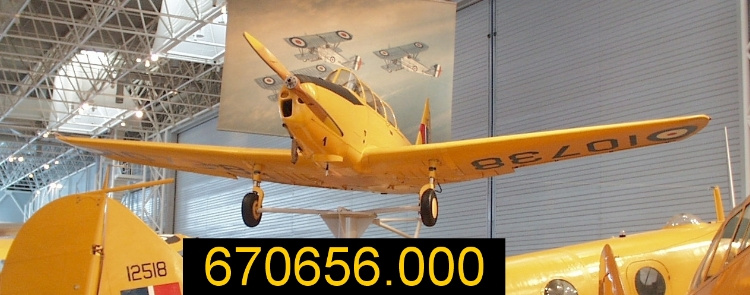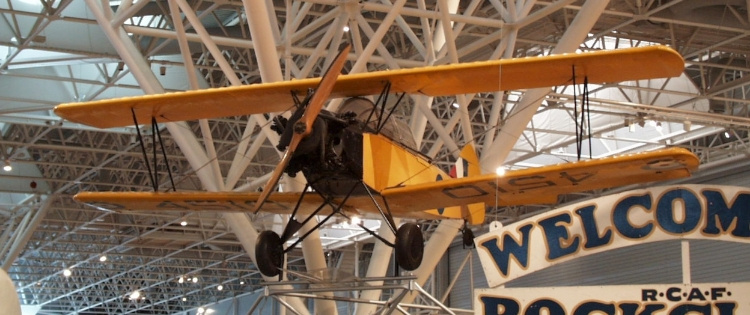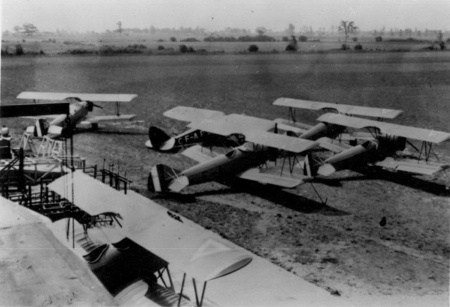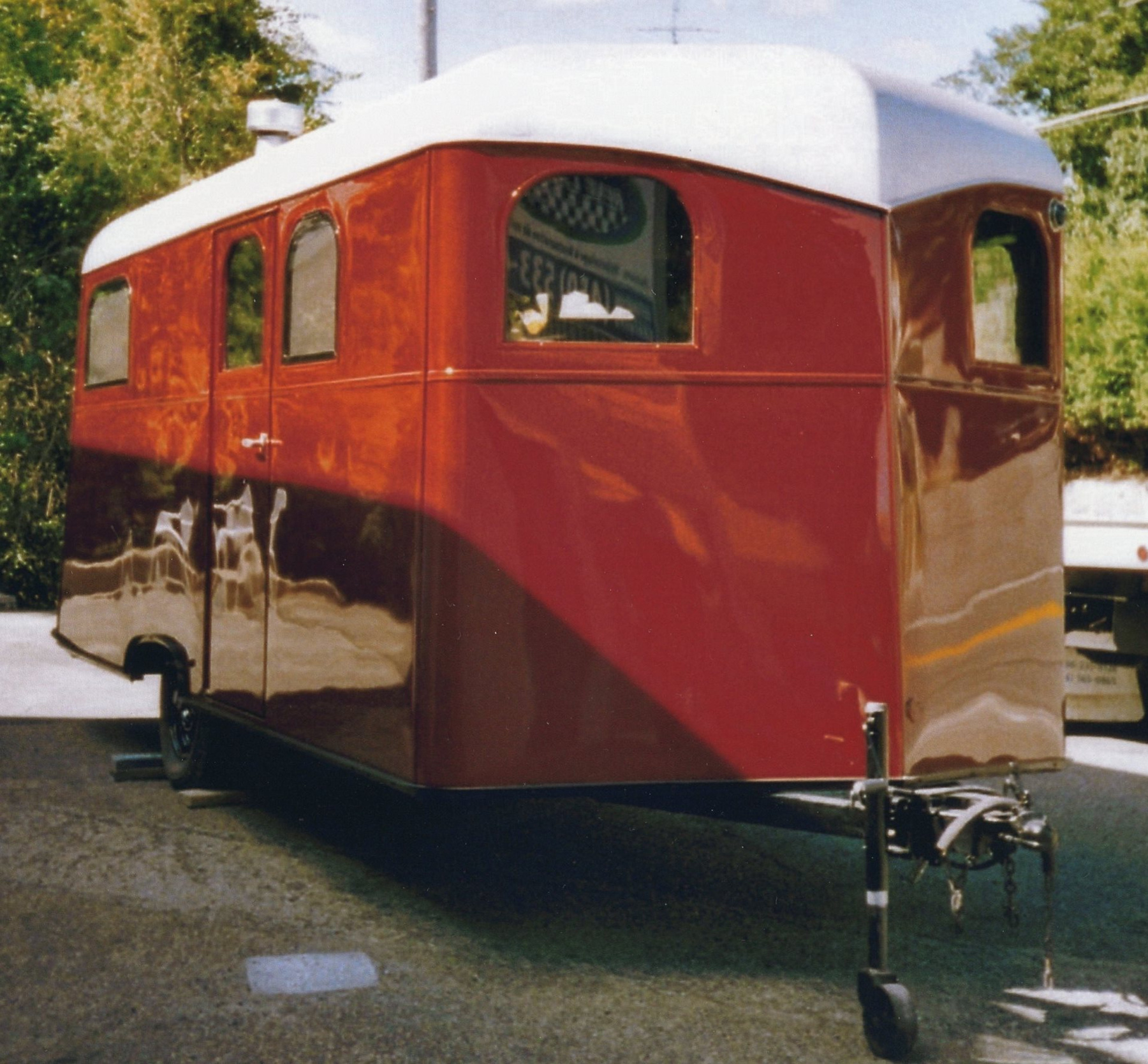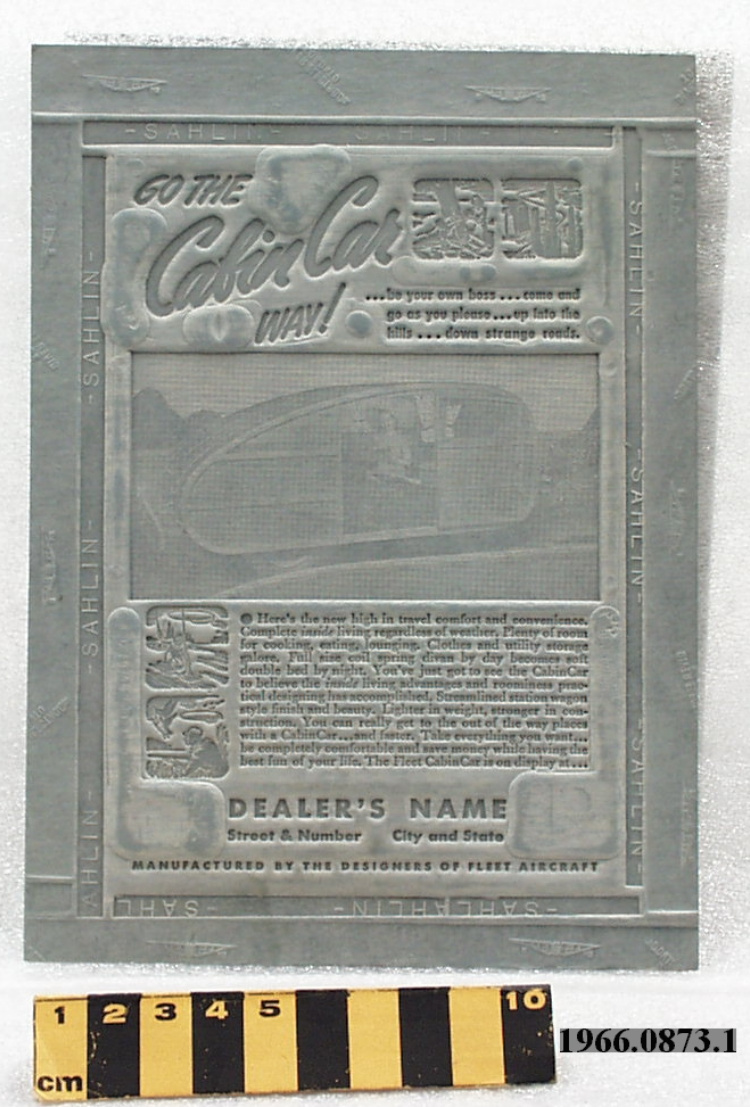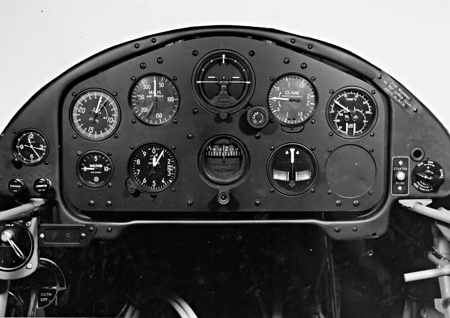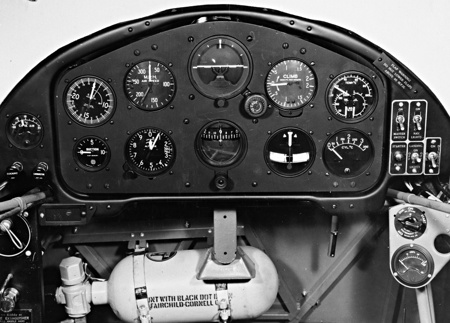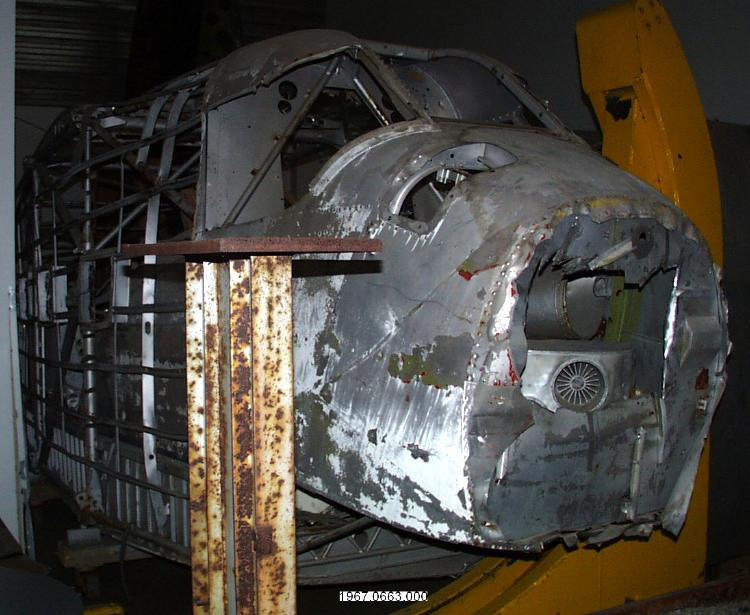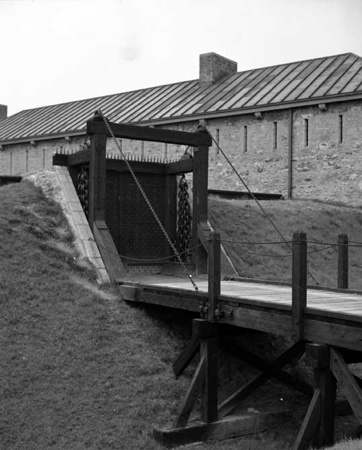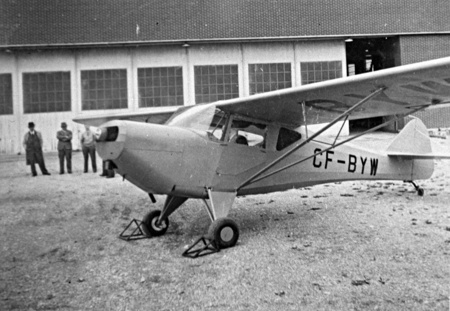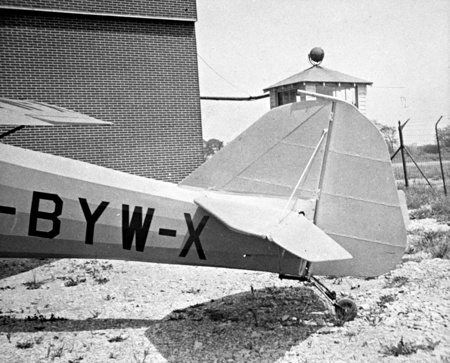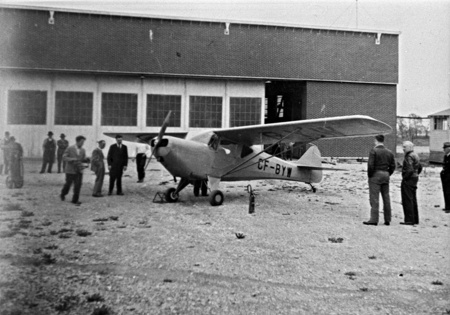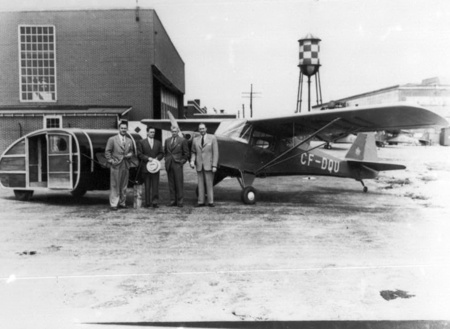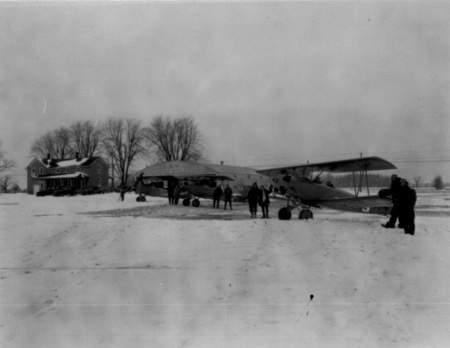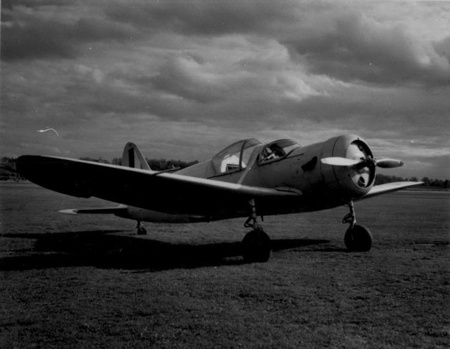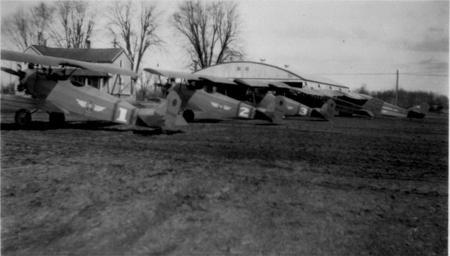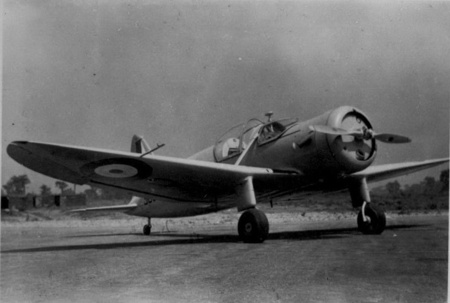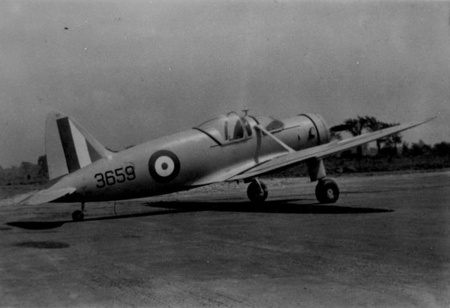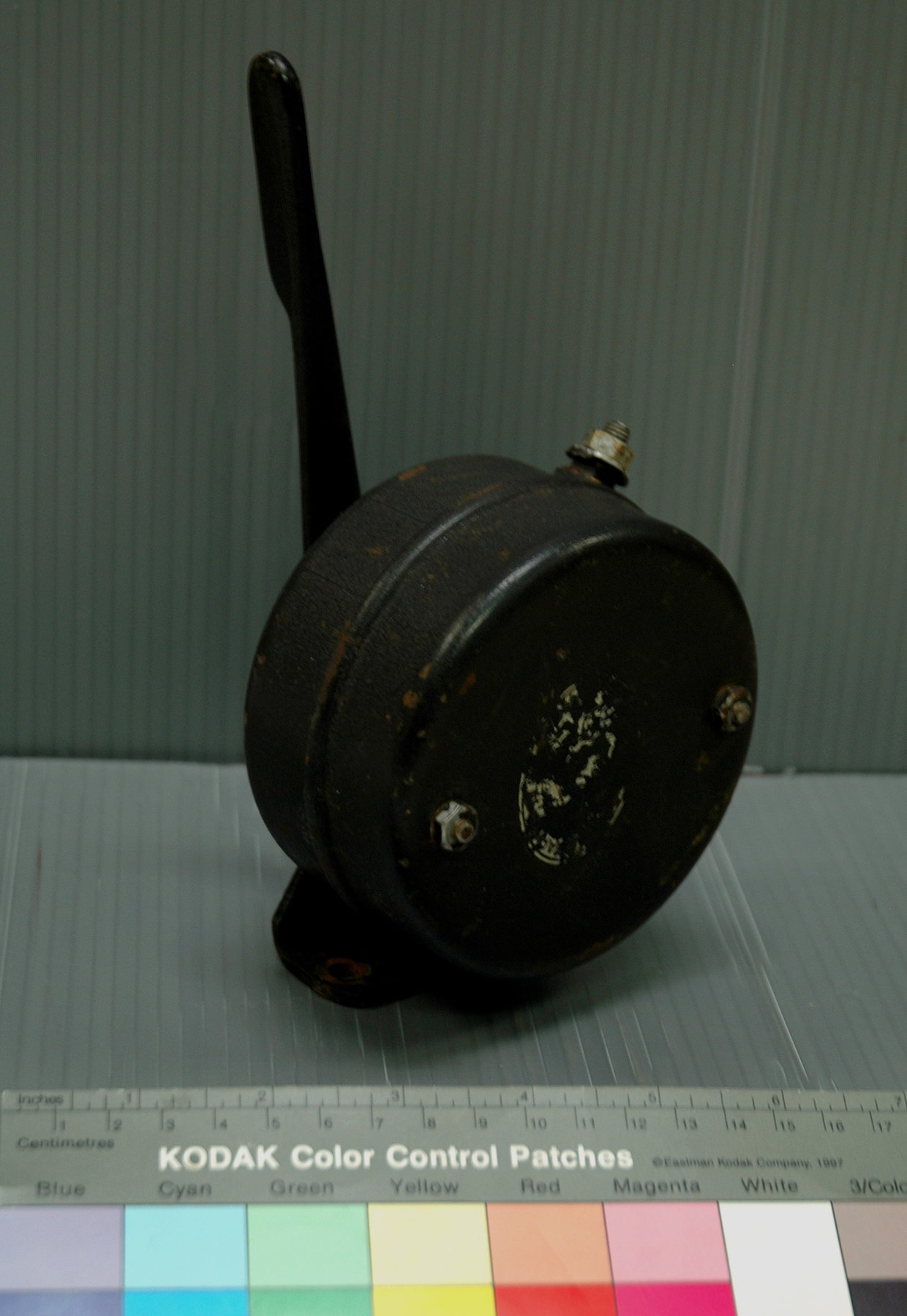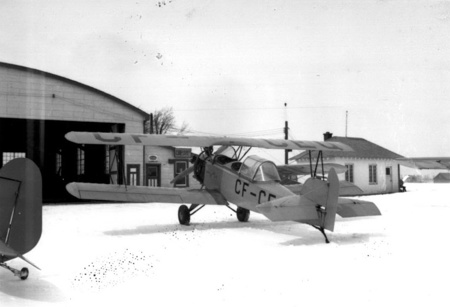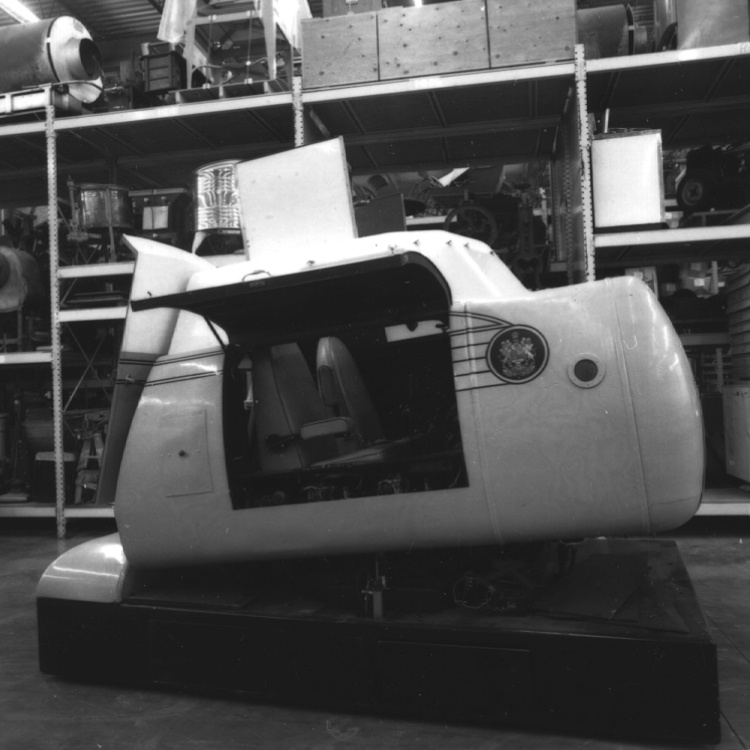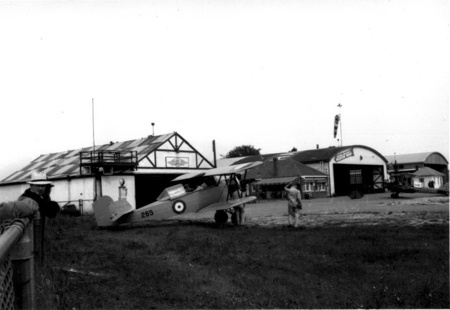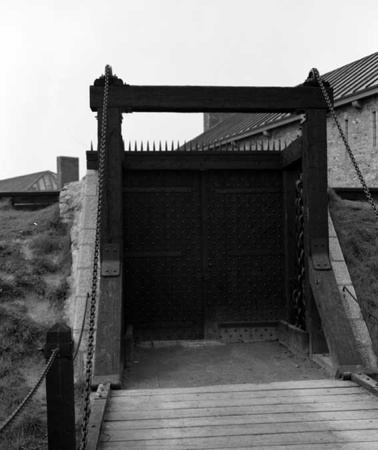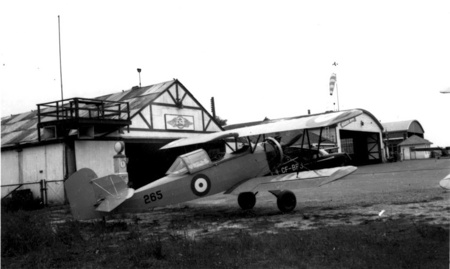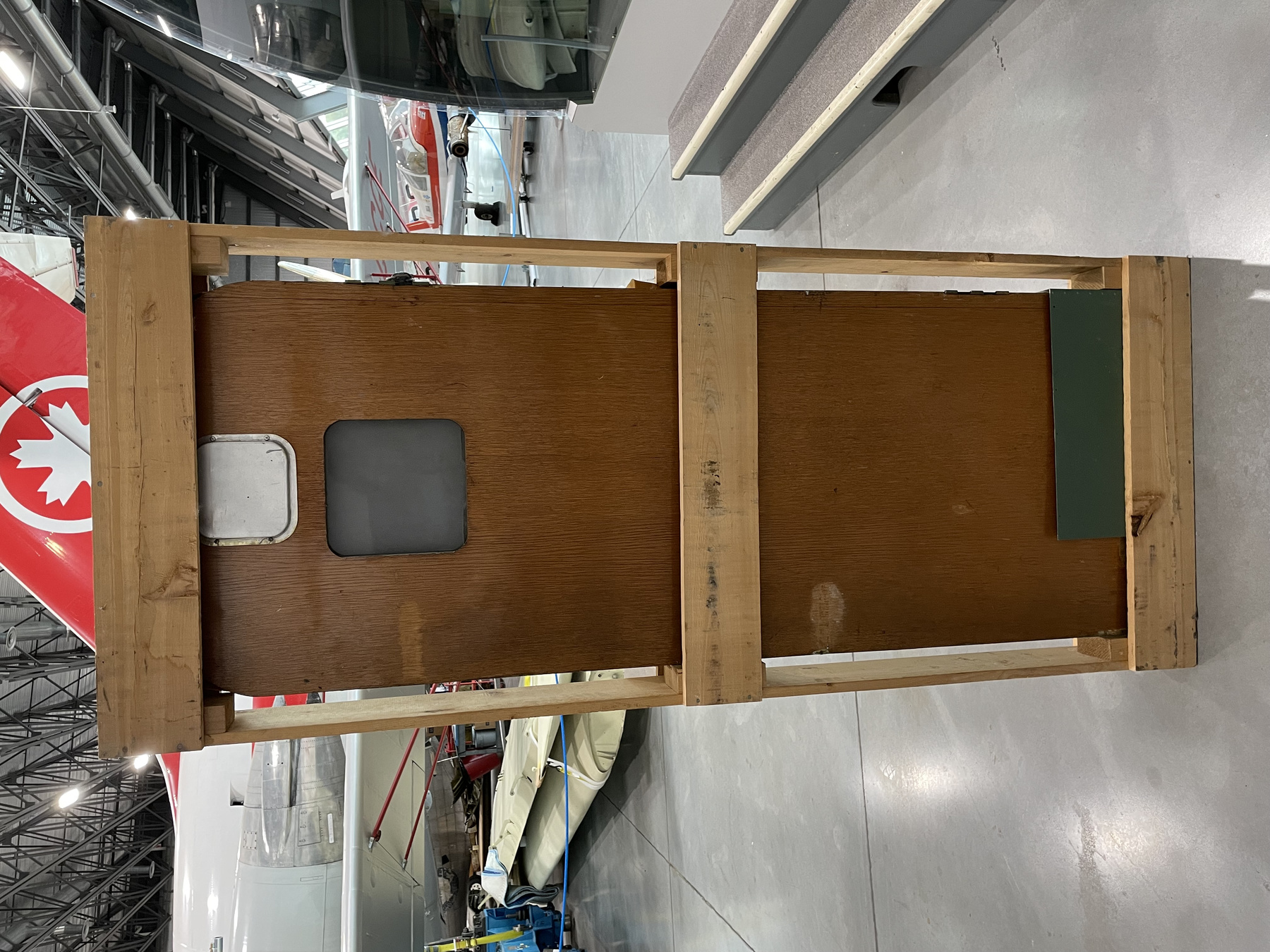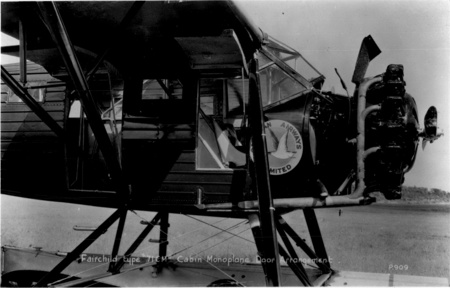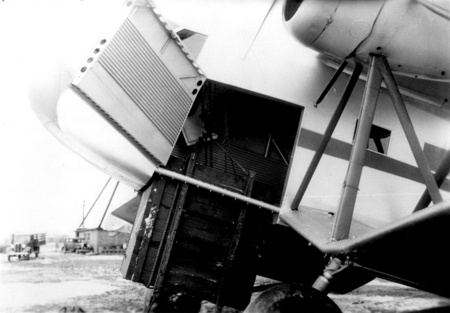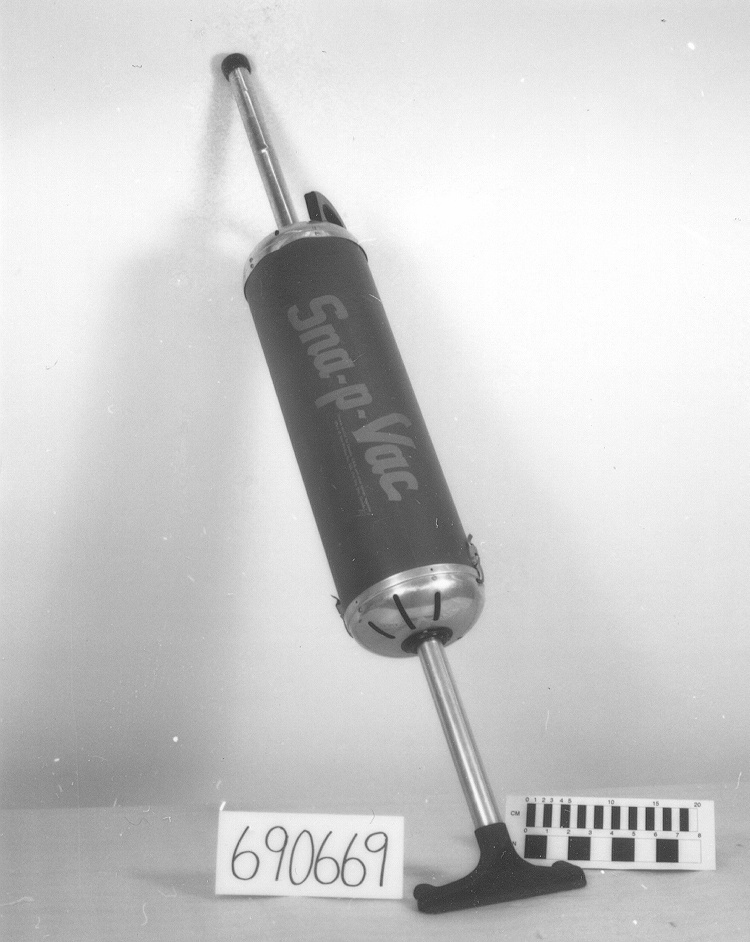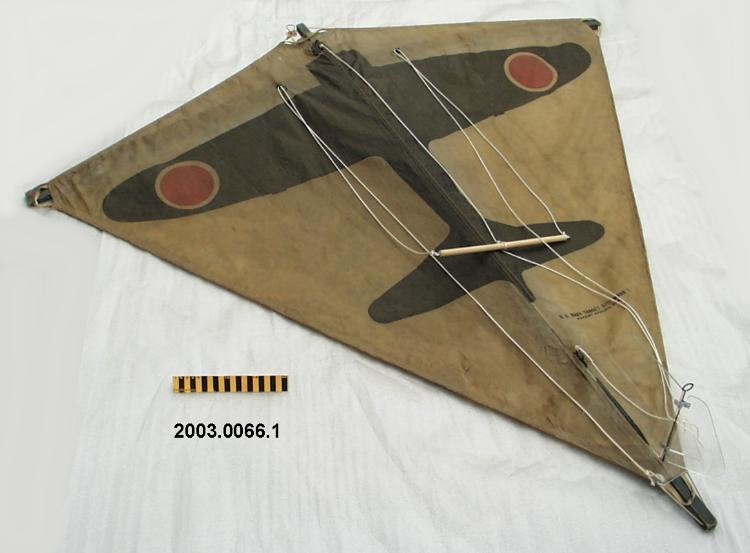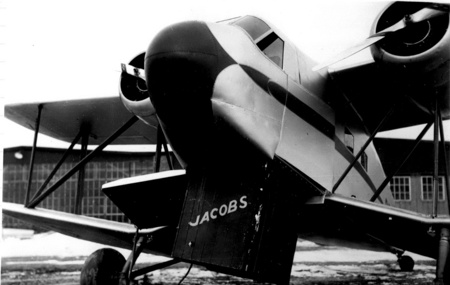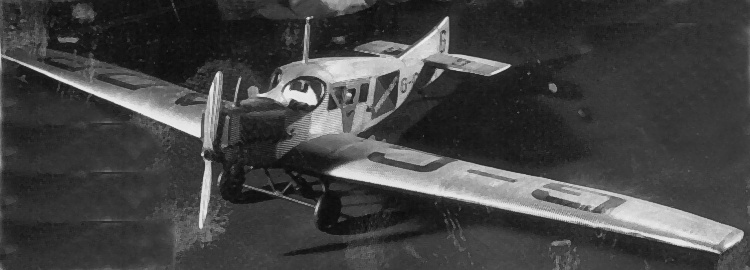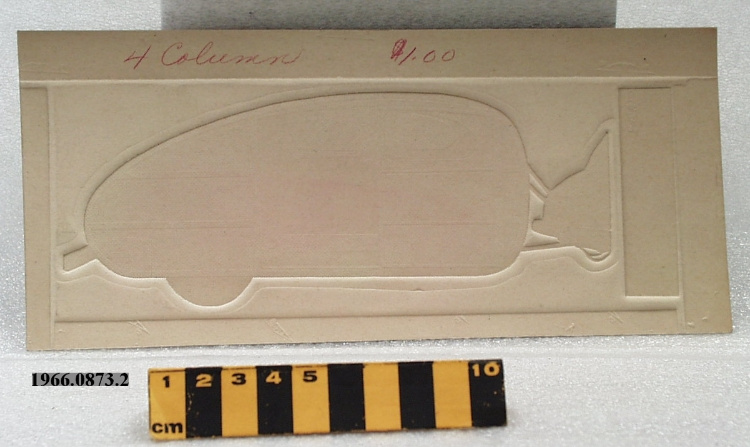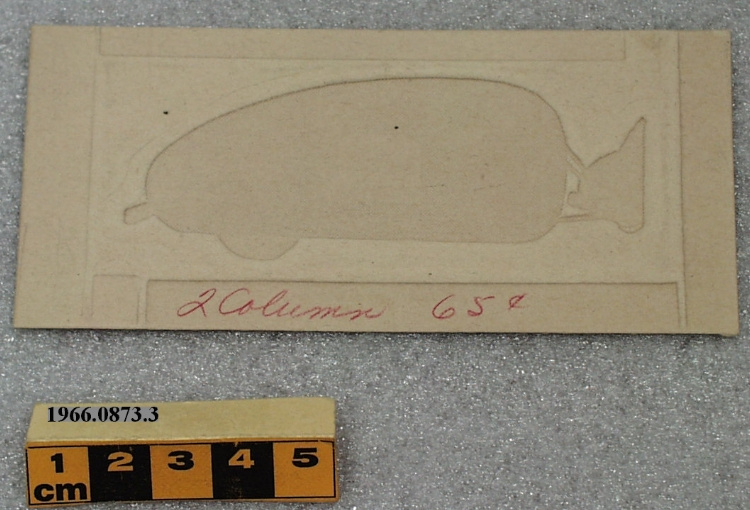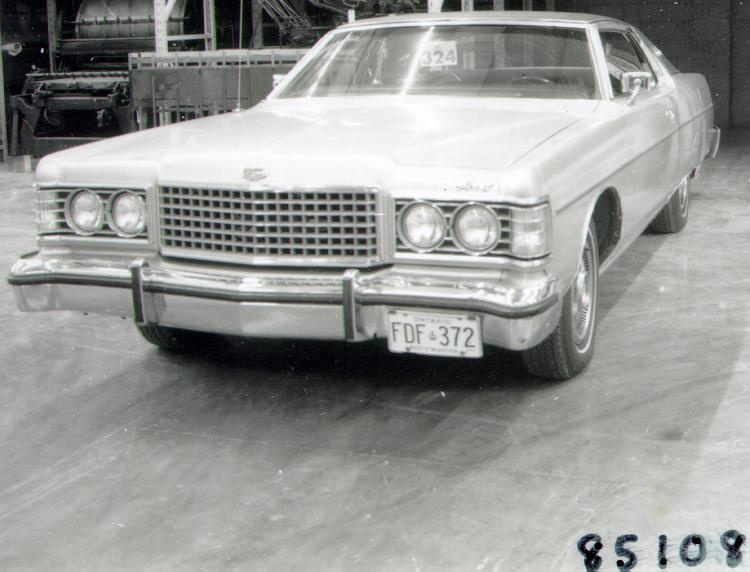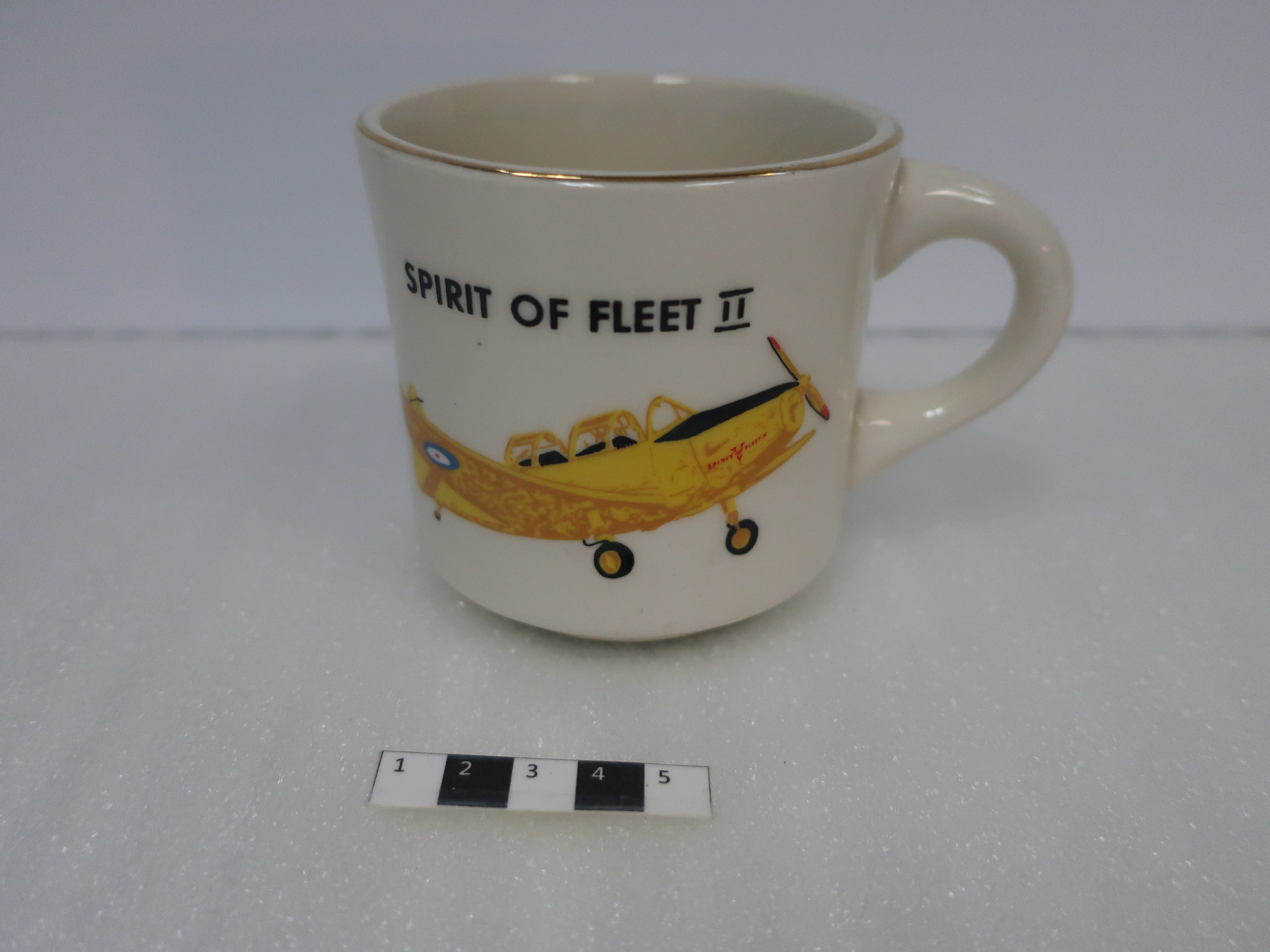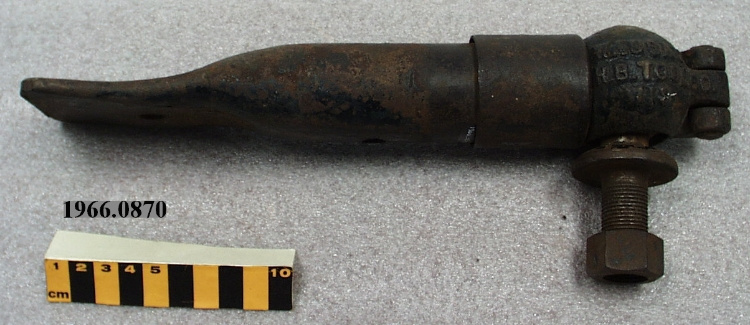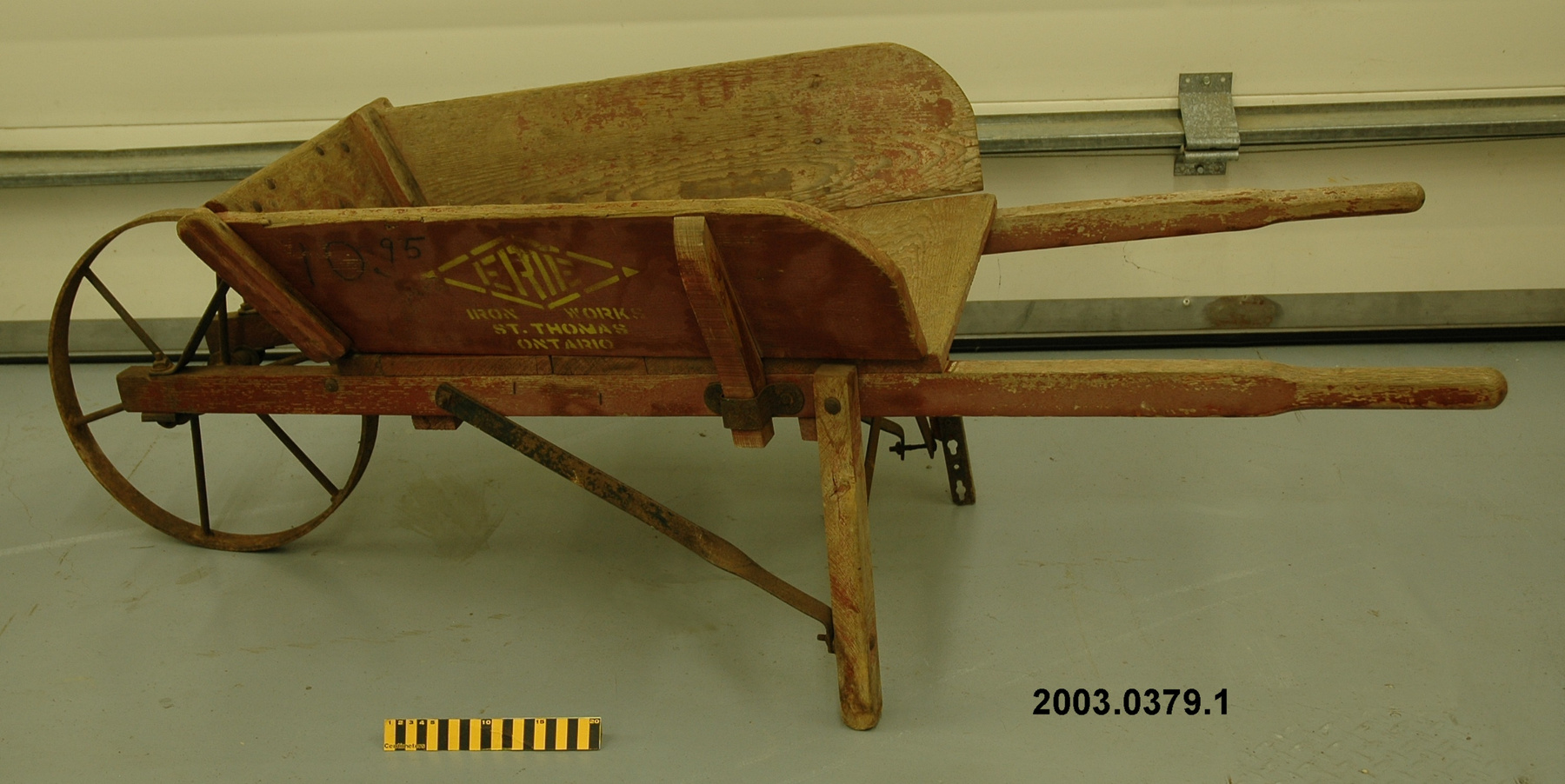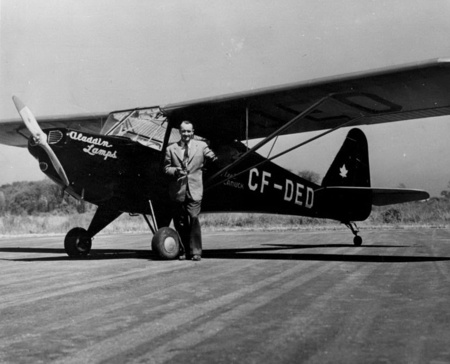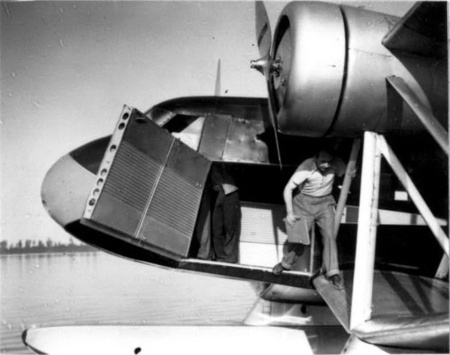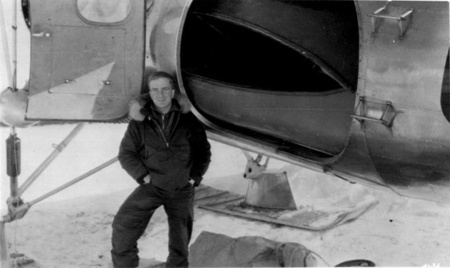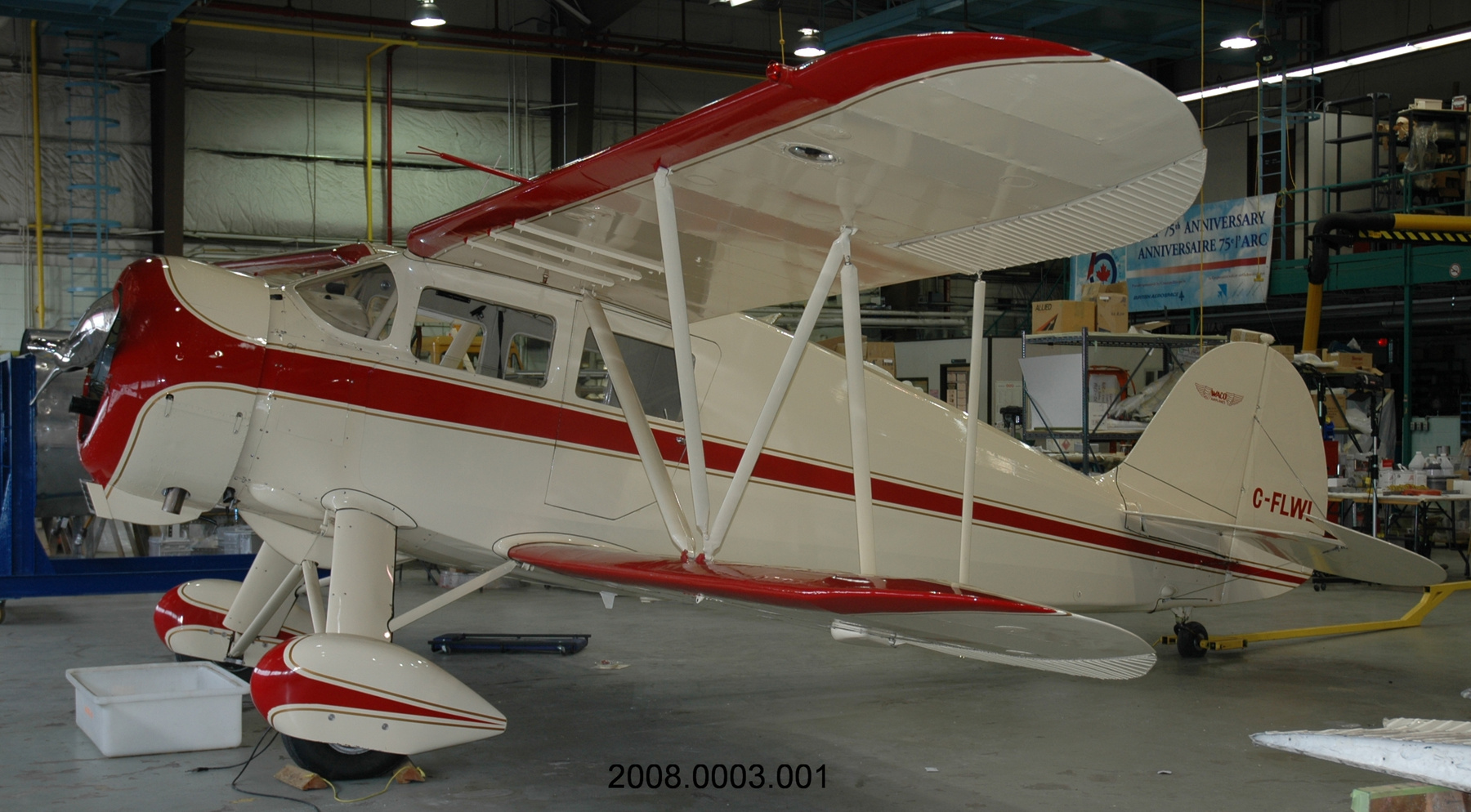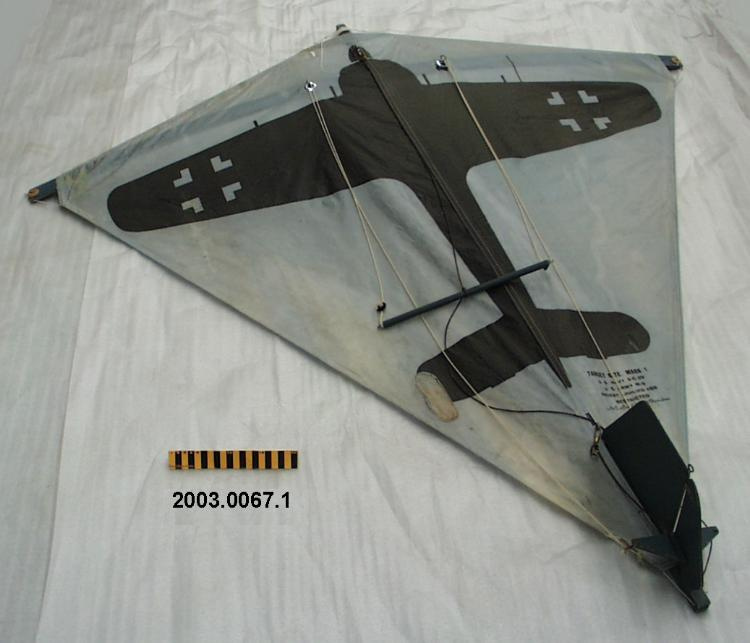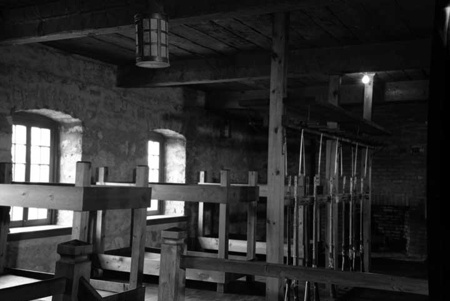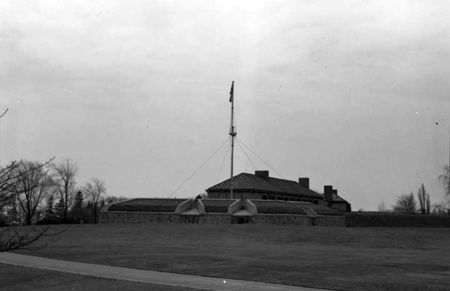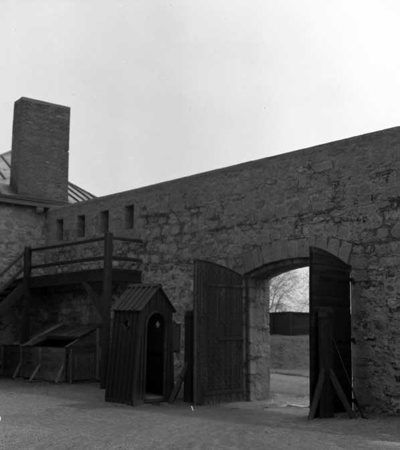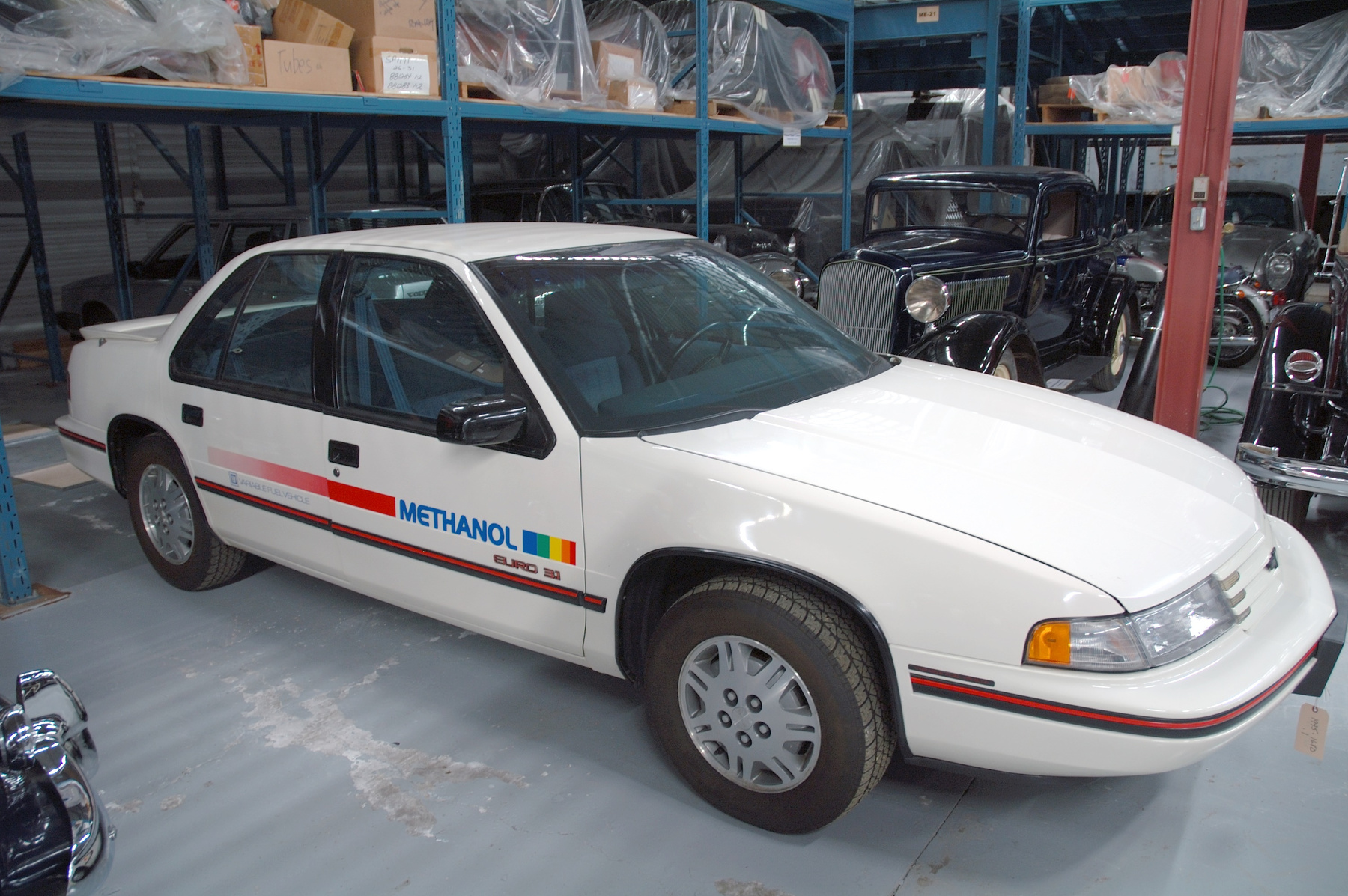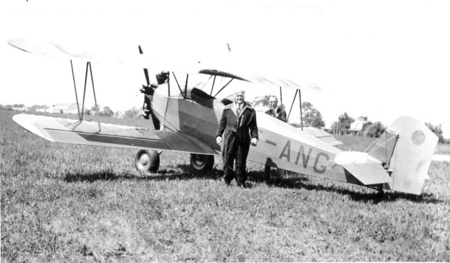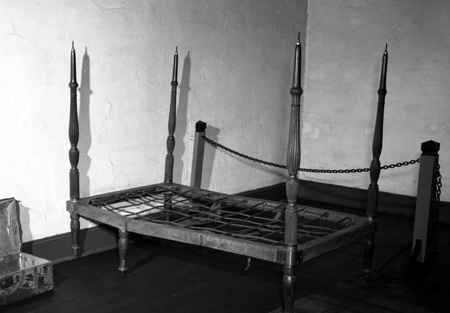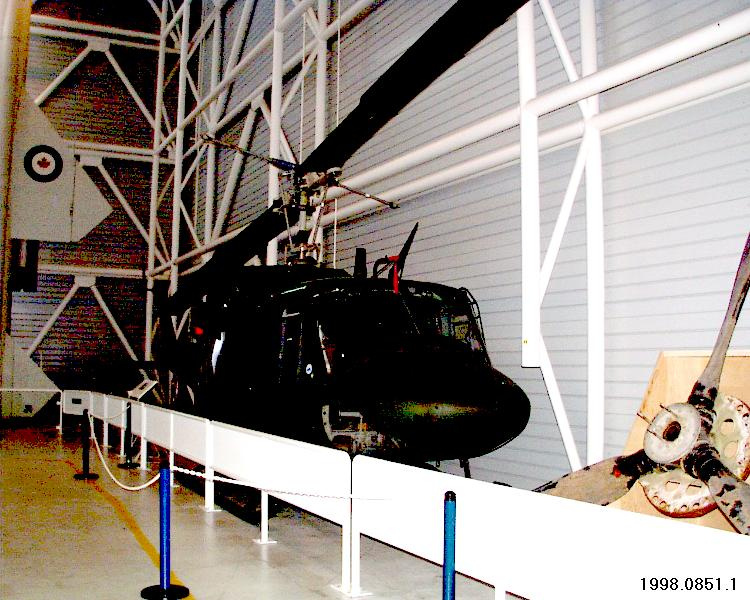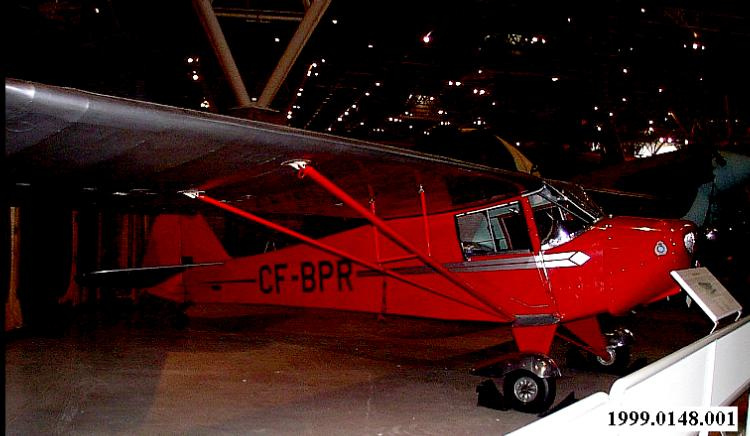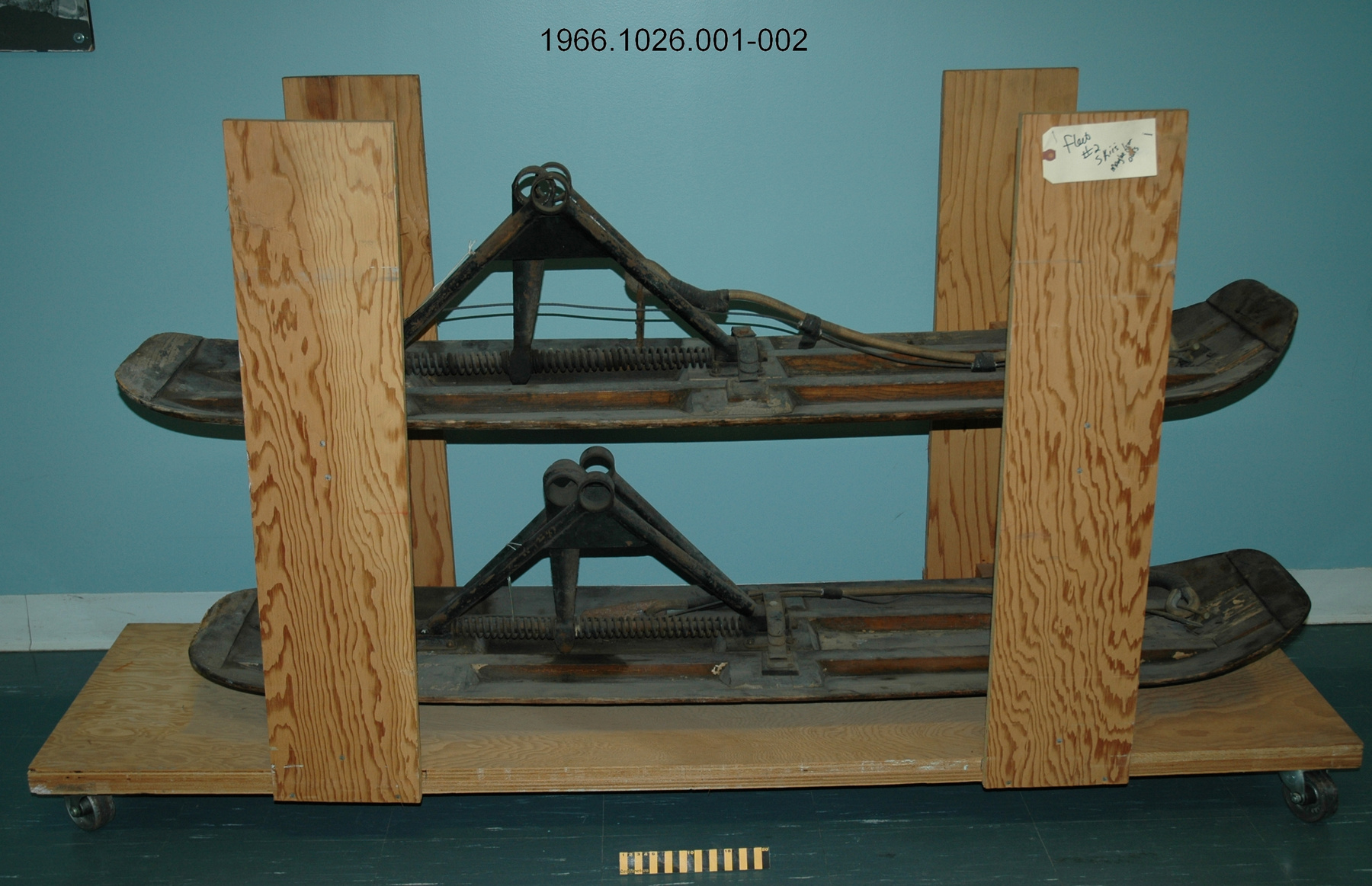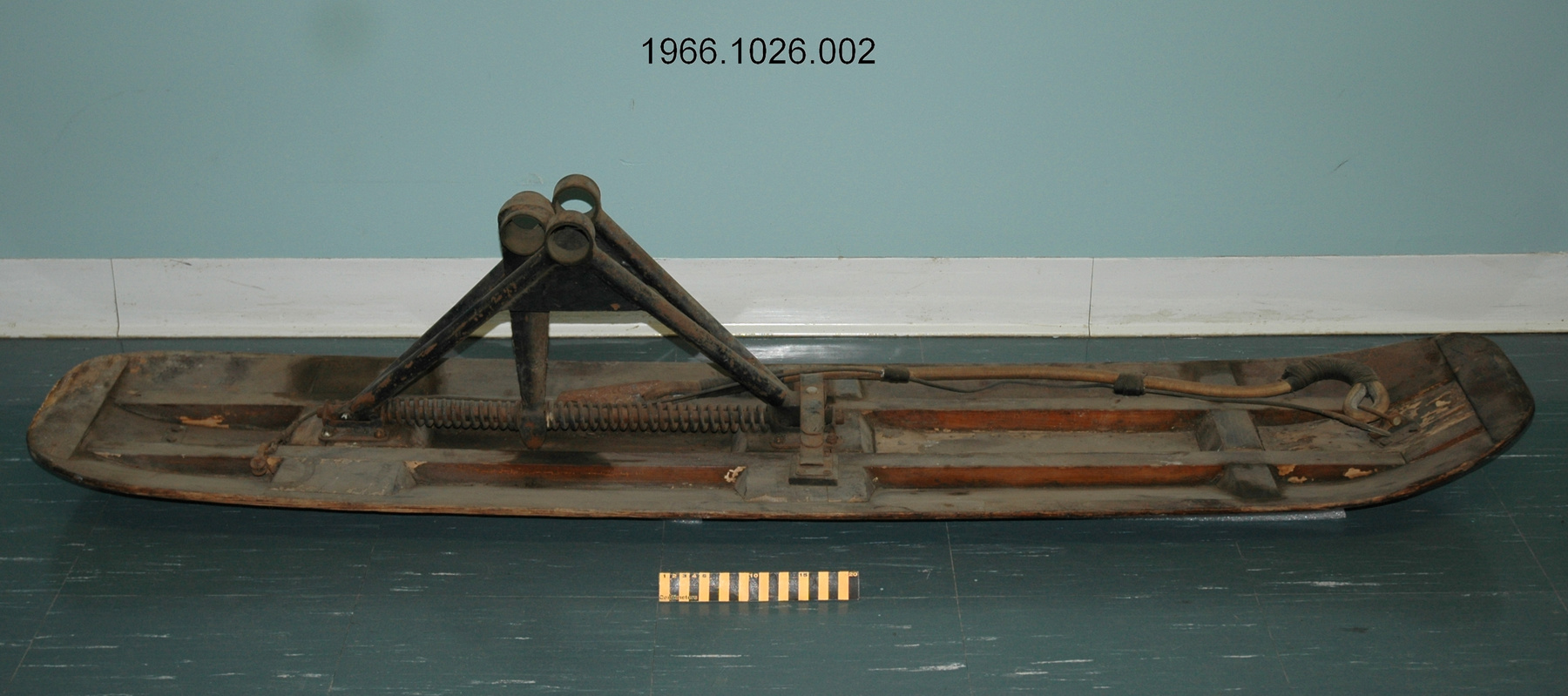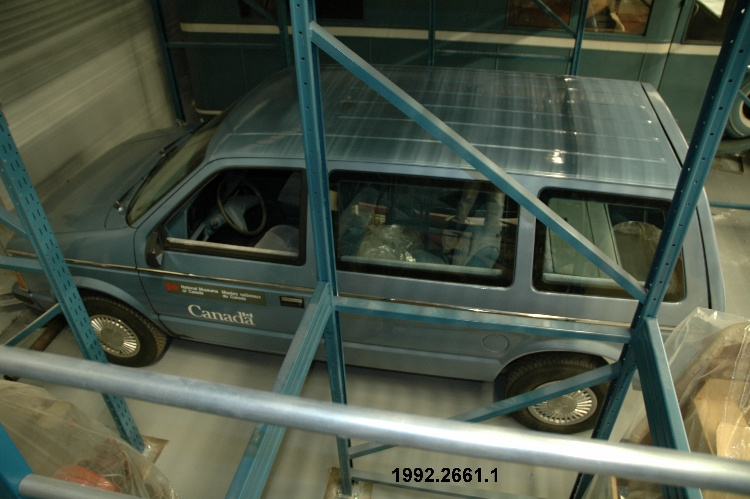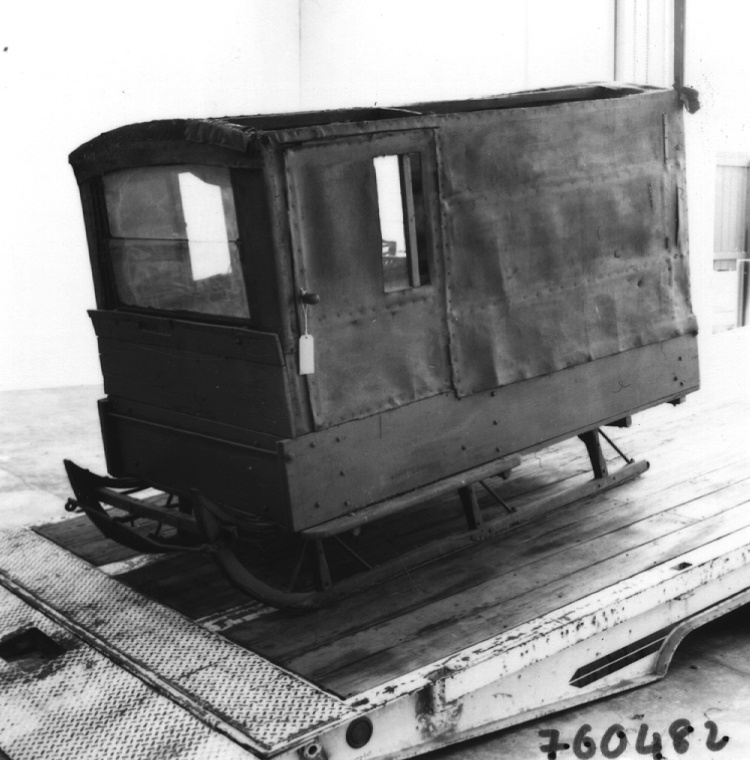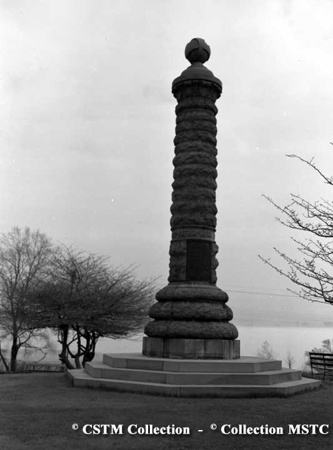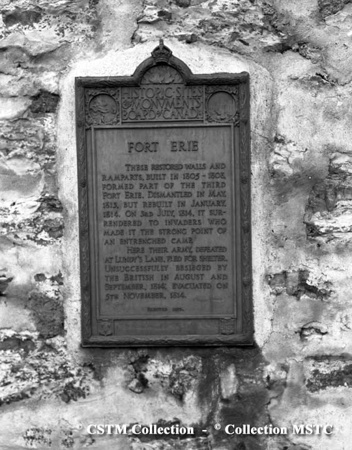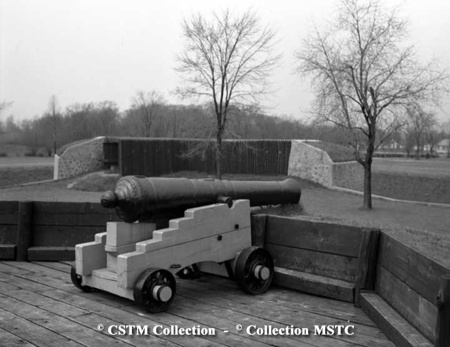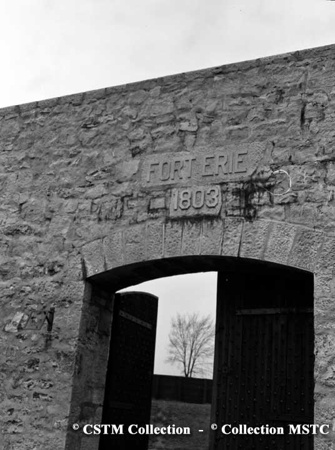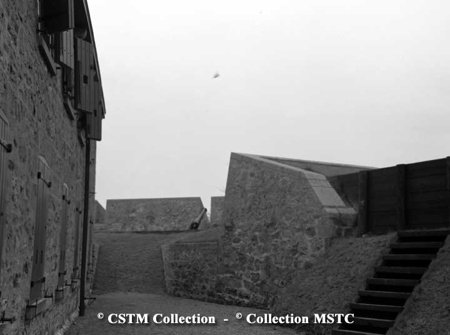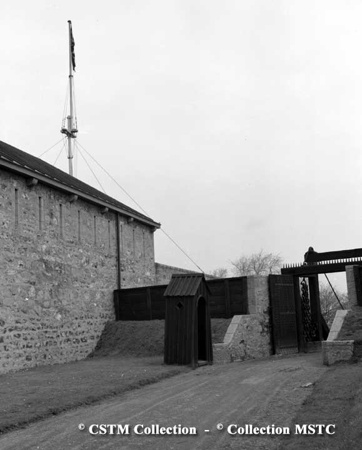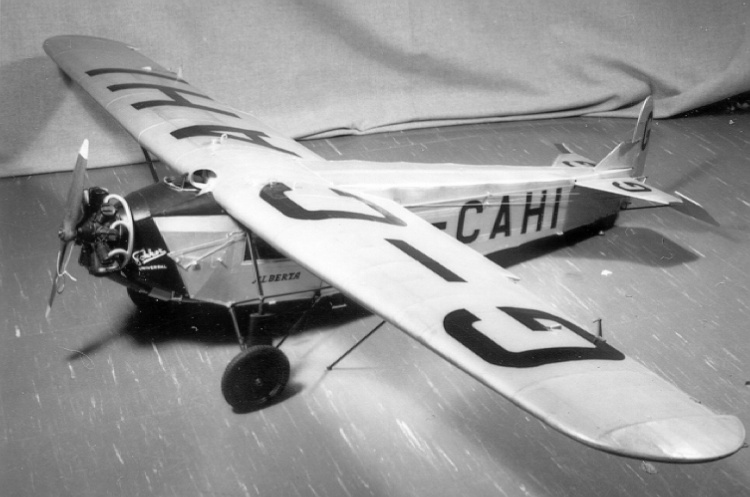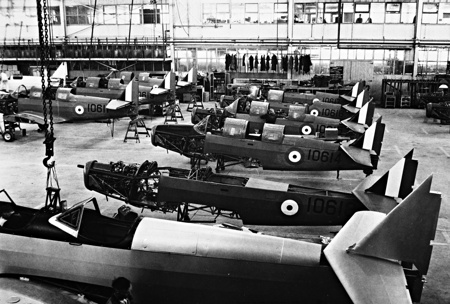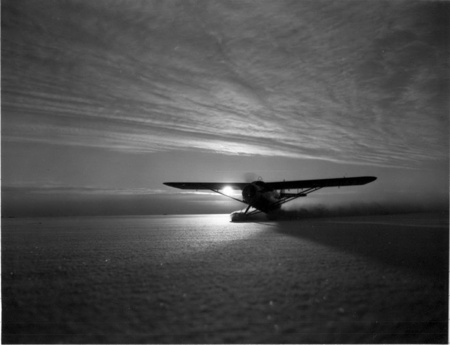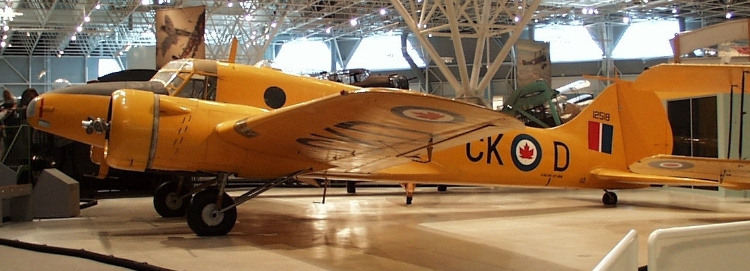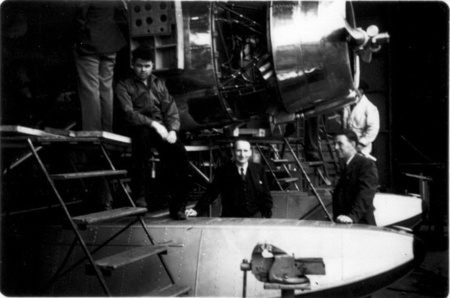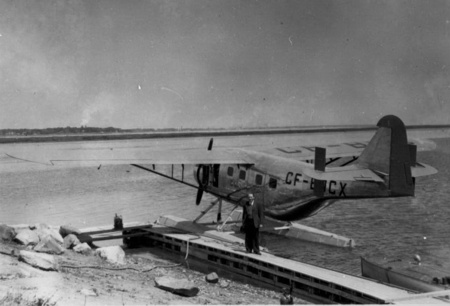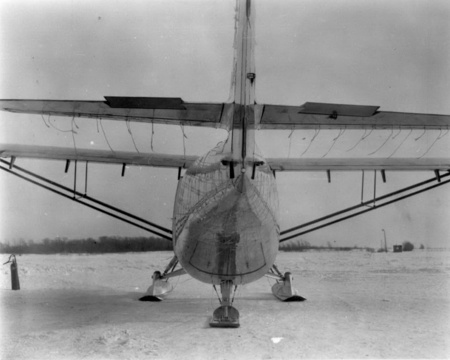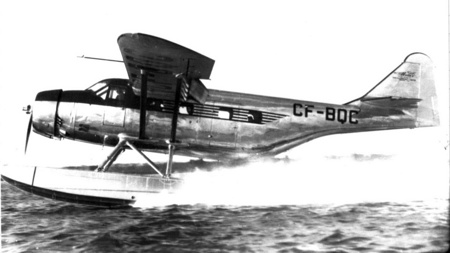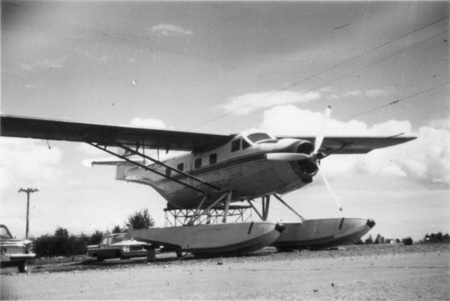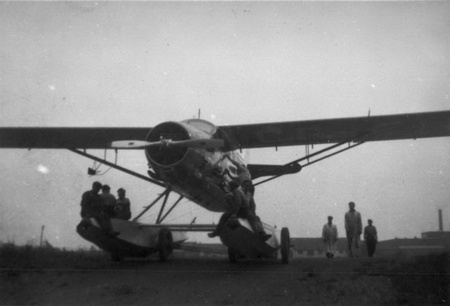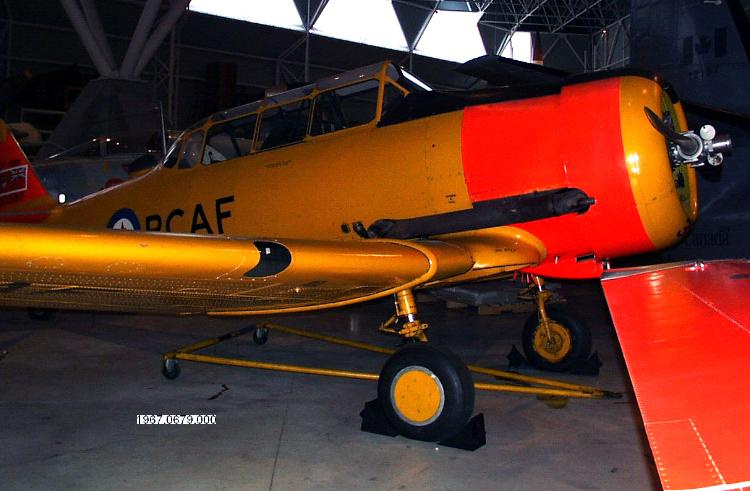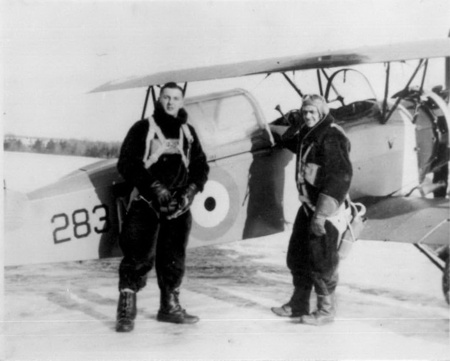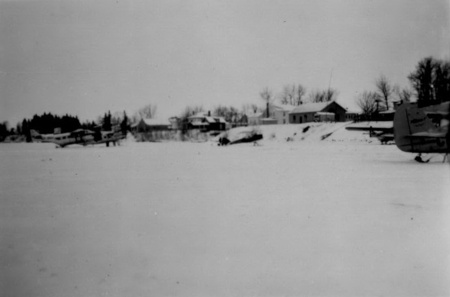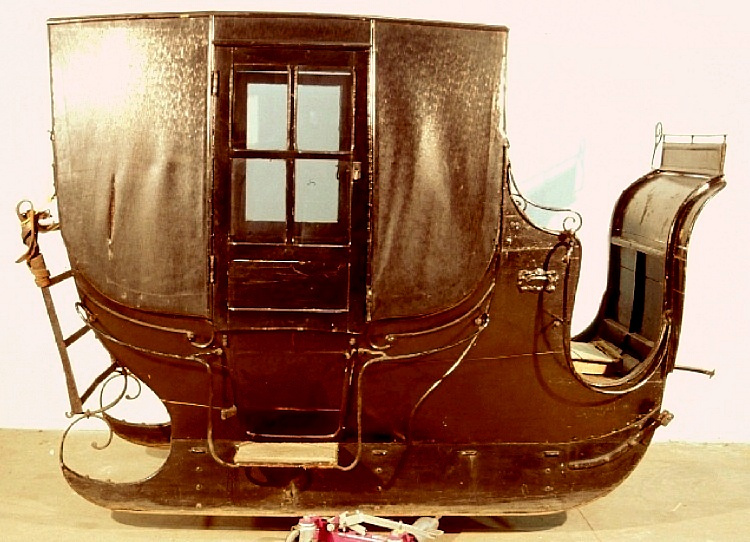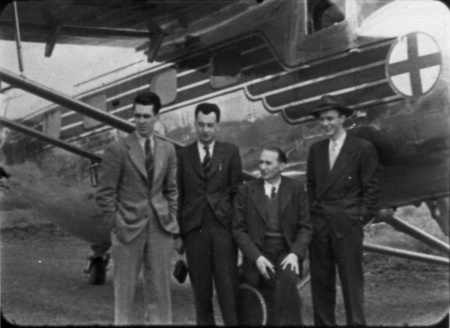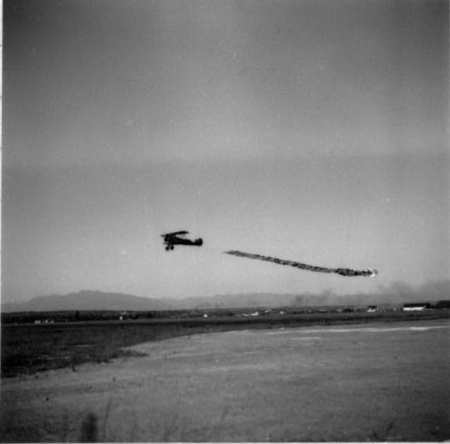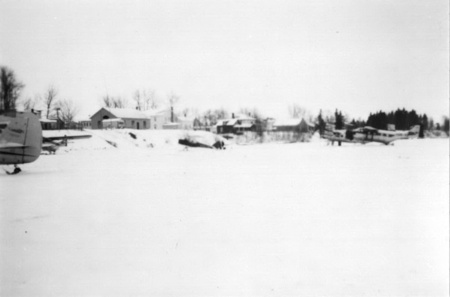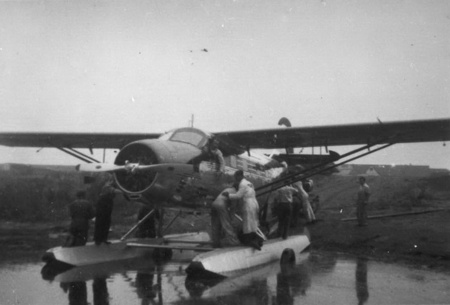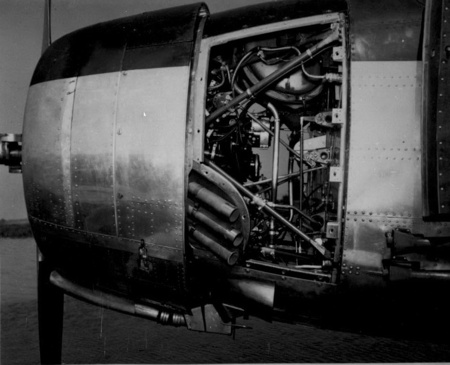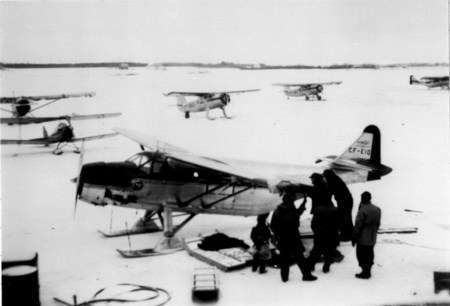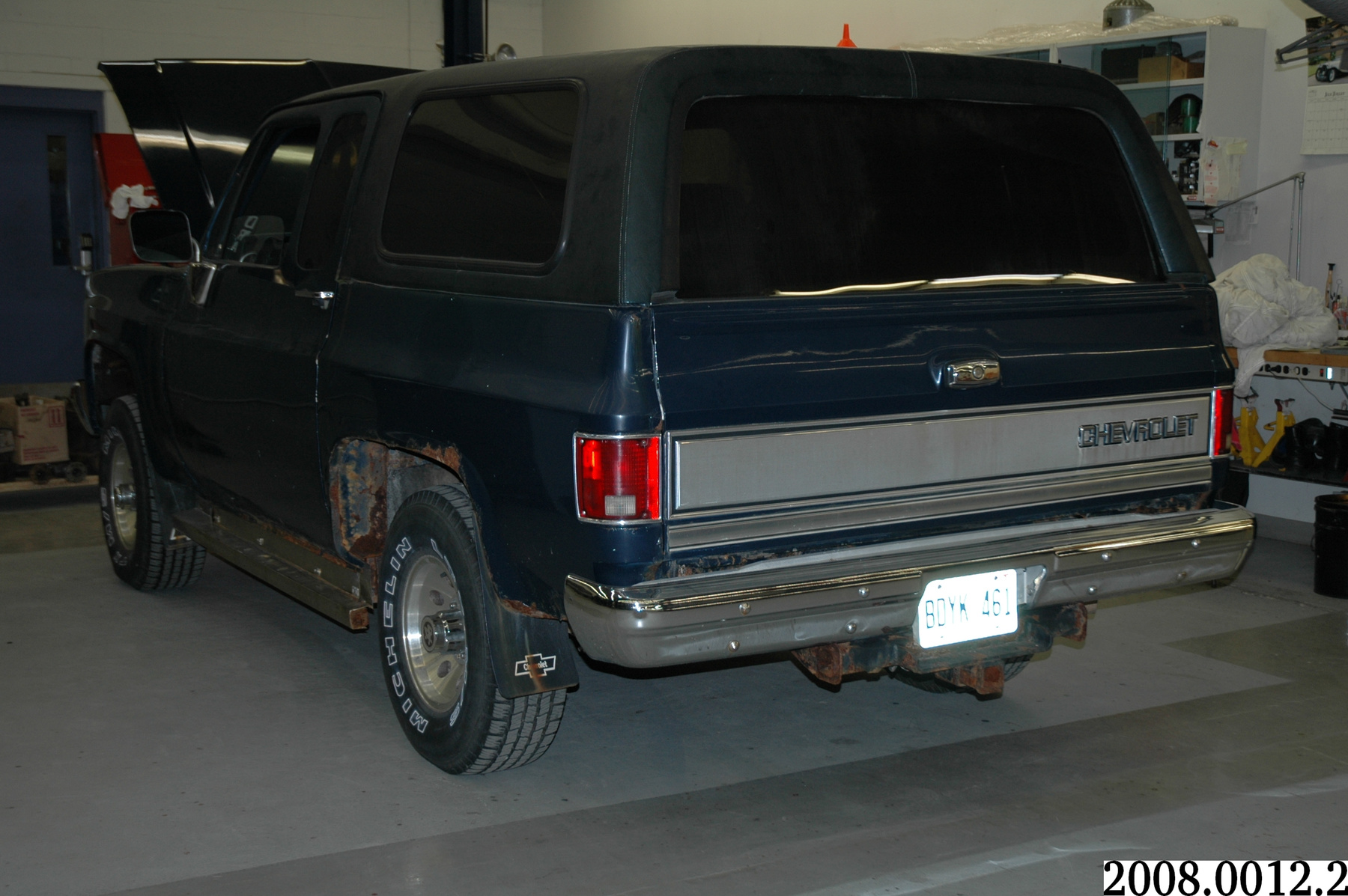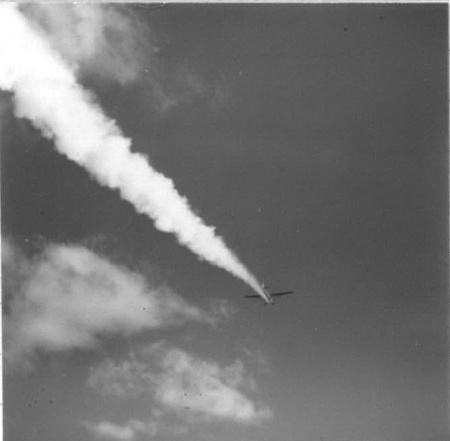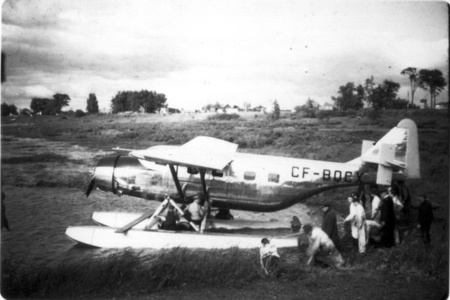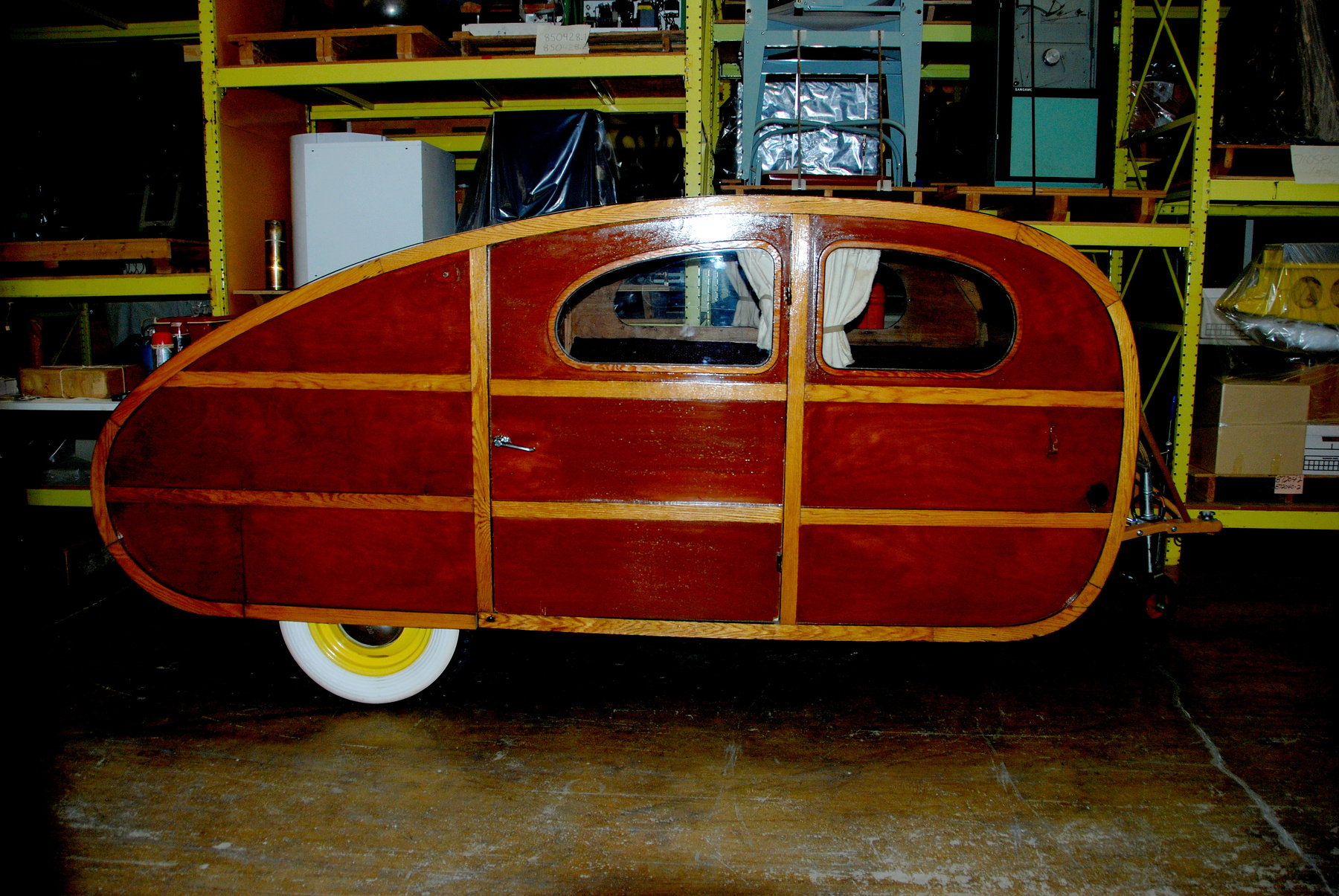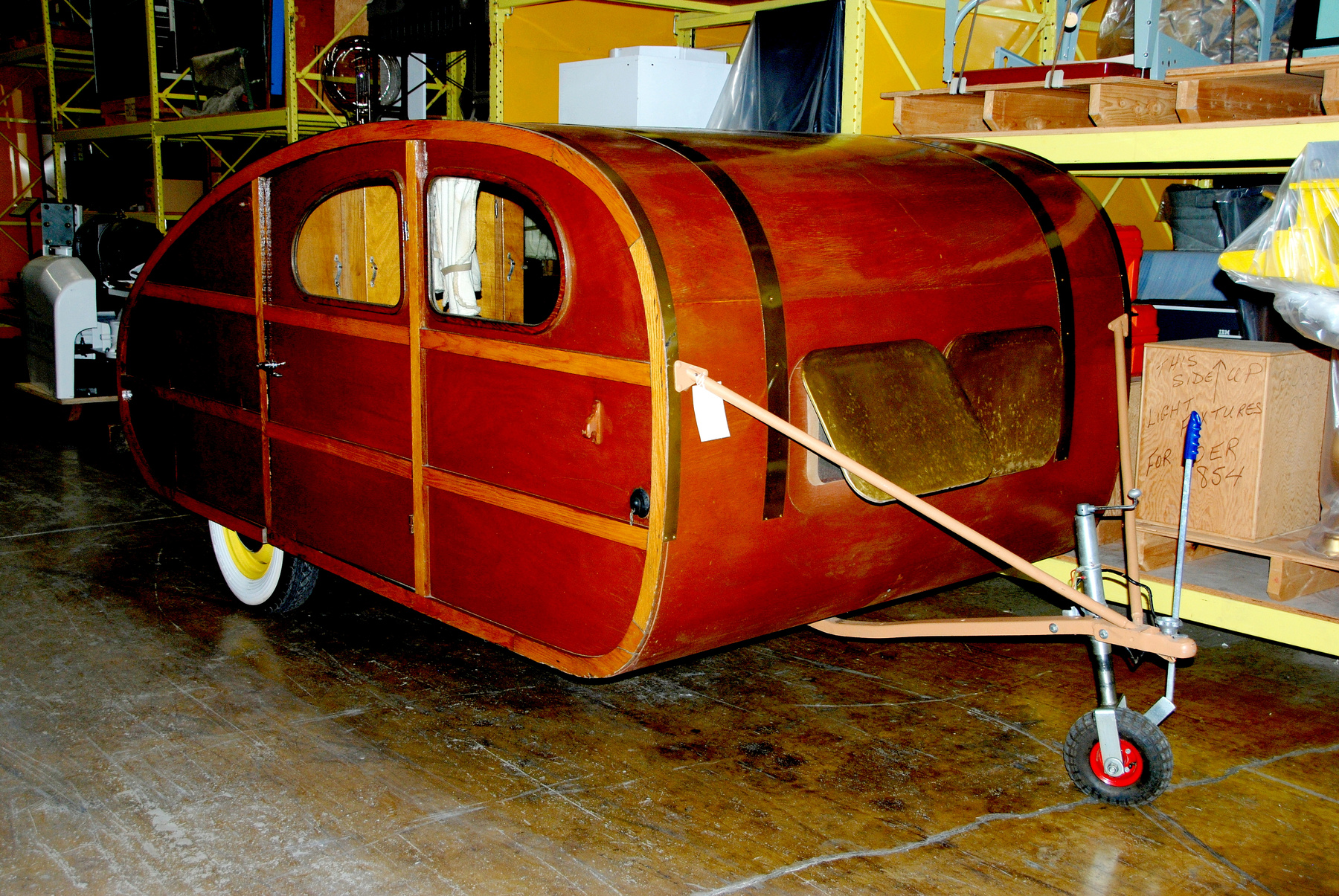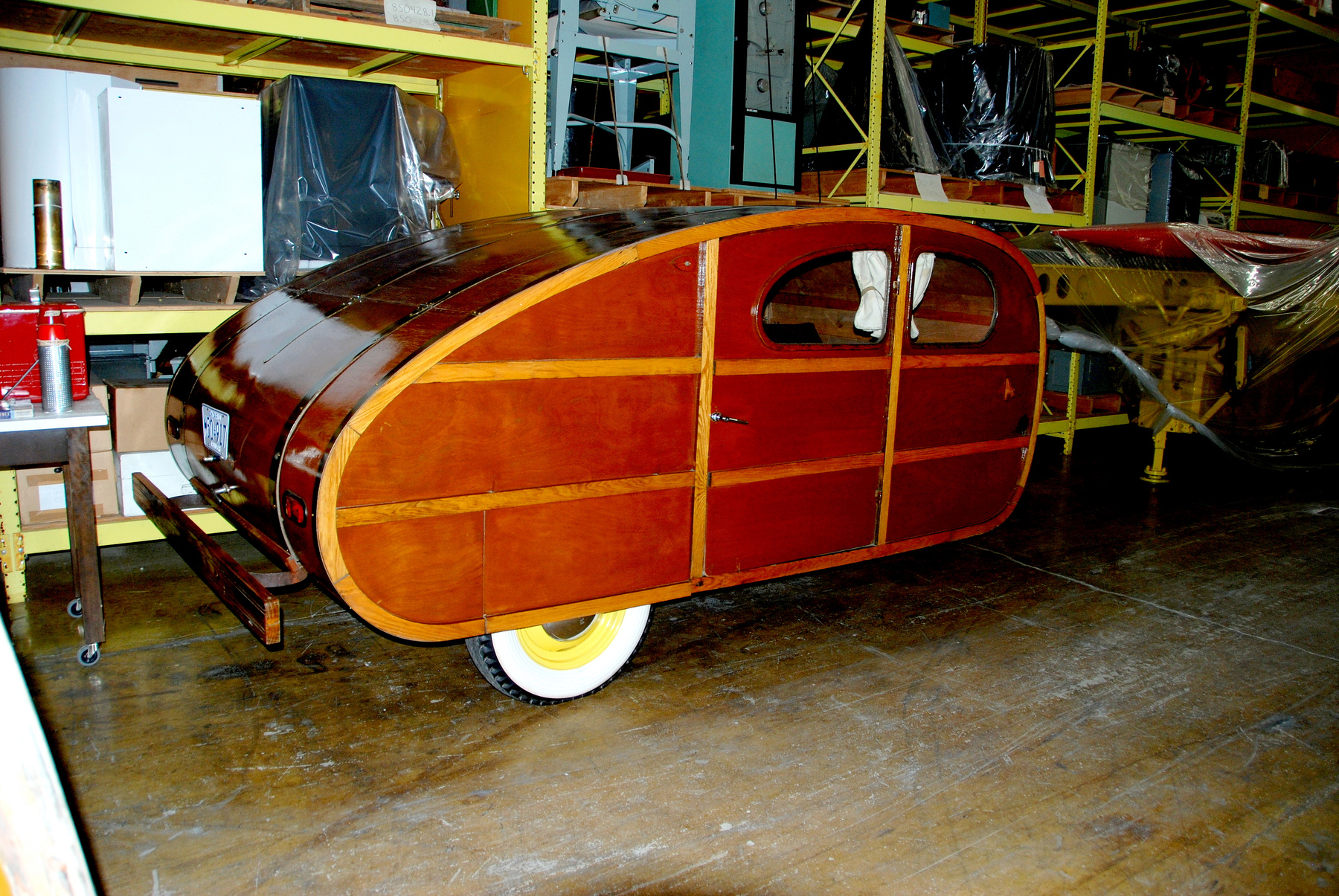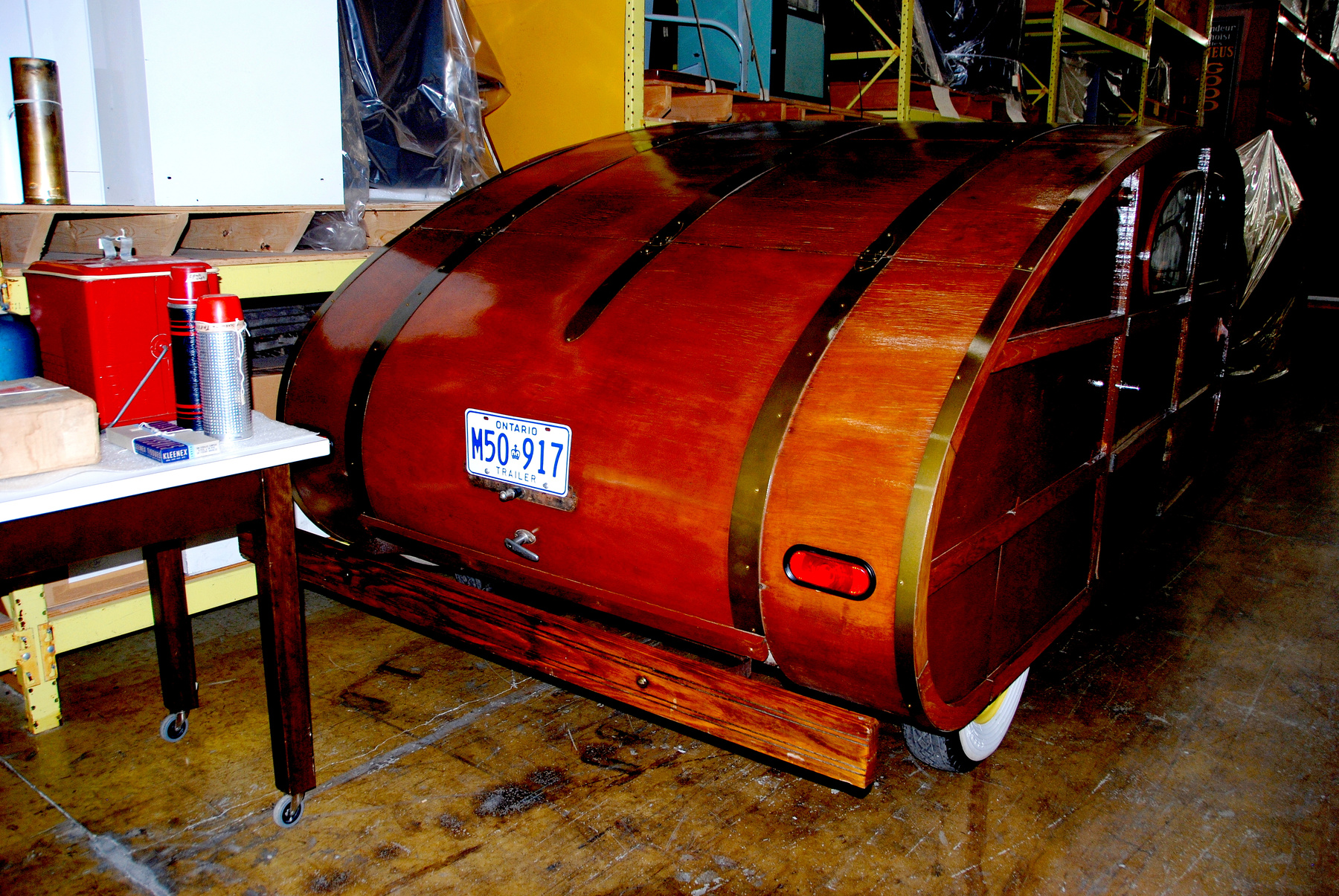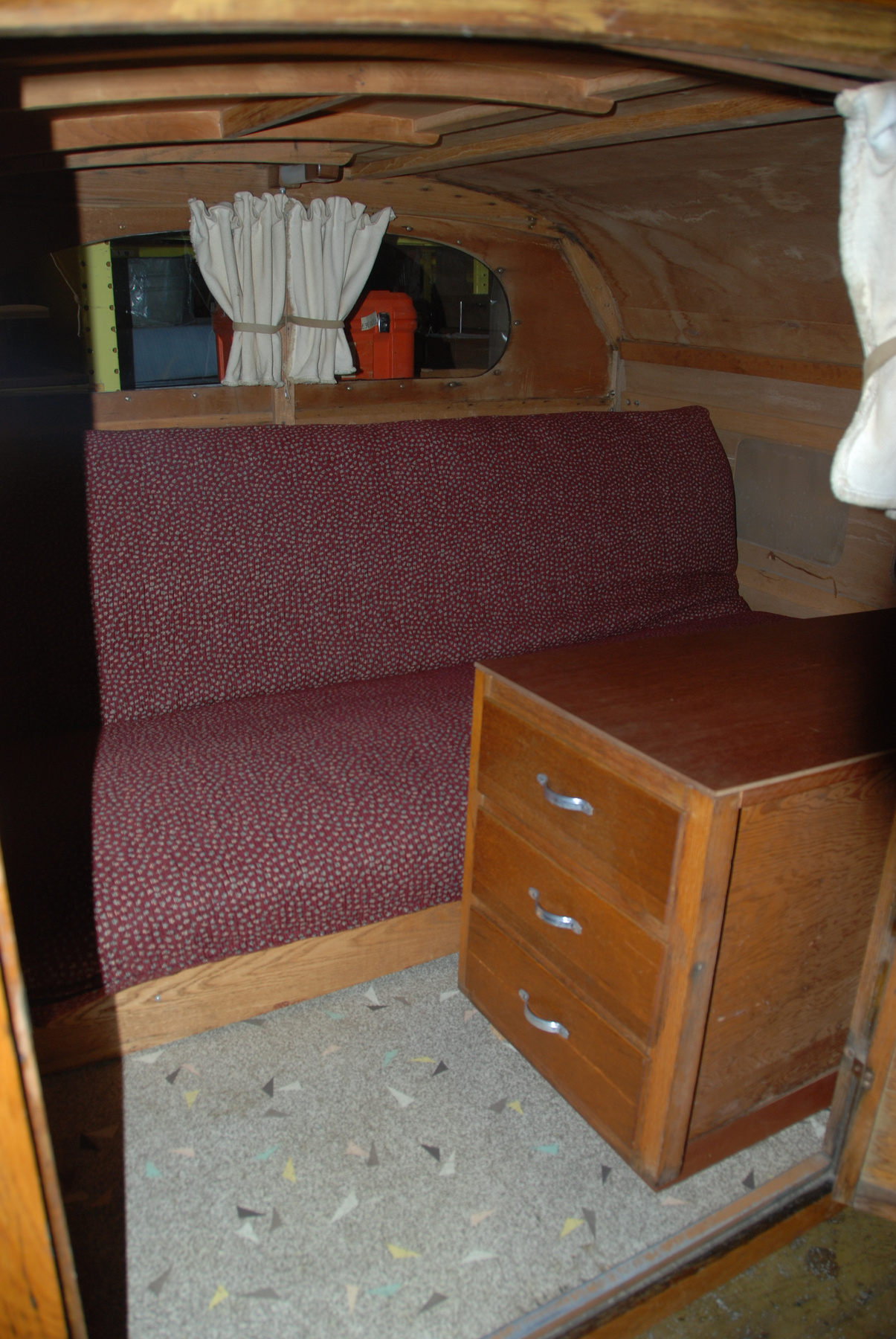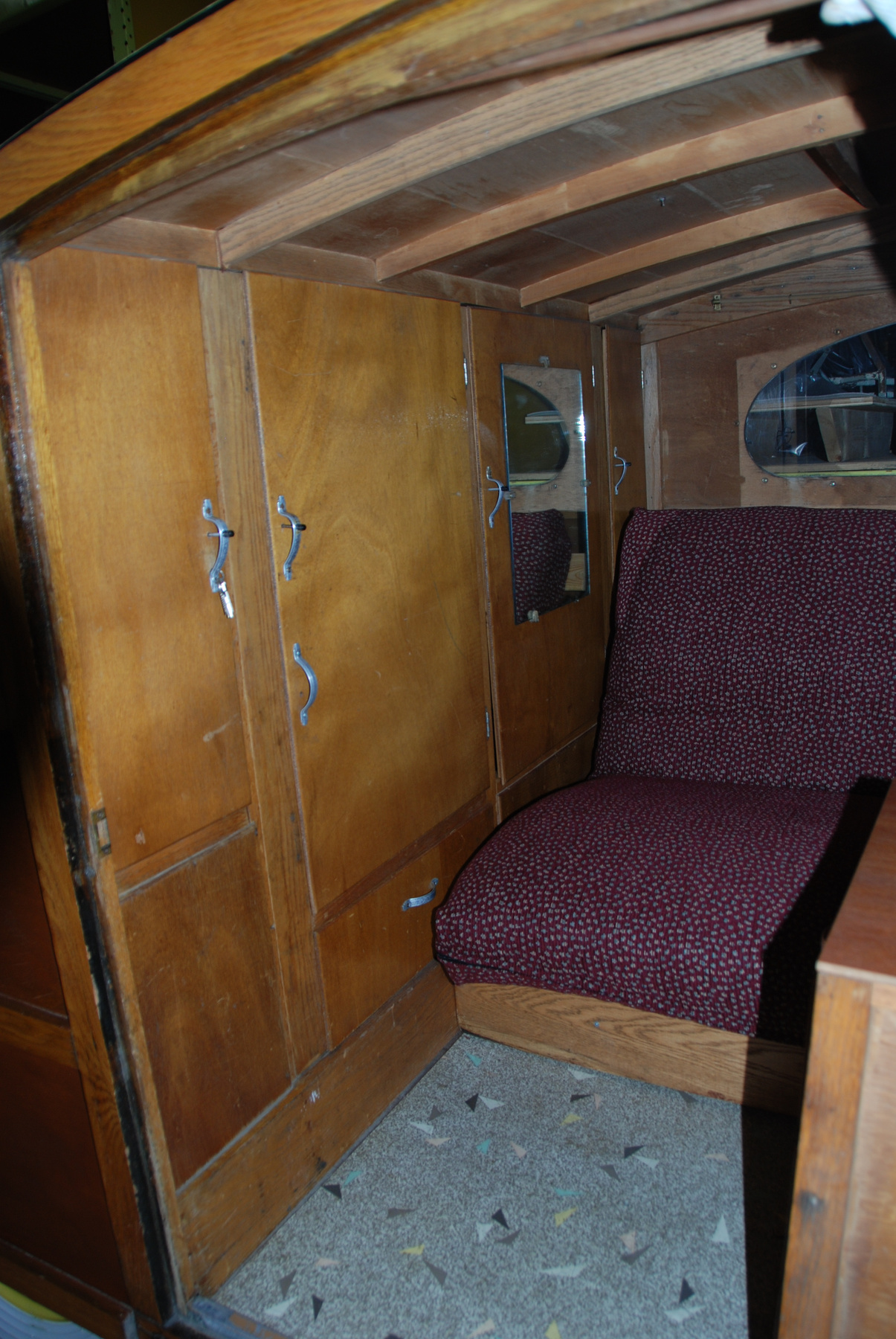Trailer
Use this image
Can I reuse this image without permission? Yes
Object images on the Ingenium Collection’s portal have the following Creative Commons license:
Copyright Ingenium / CC BY-NC-ND (Attribution-NonCommercial 4.0 International (CC BY-NC 4.0)
ATTRIBUTE THIS IMAGE
Ingenium,
2016.0001.001
Permalink:
Ingenium is releasing this image under the Creative Commons licensing framework, and encourages downloading and reuse for non-commercial purposes. Please acknowledge Ingenium and cite the artifact number.
DOWNLOAD IMAGEPURCHASE THIS IMAGE
This image is free for non-commercial use.
For commercial use, please consult our Reproduction Fees and contact us to purchase the image.
- OBJECT TYPE
- N/A
- DATE
- 1947
- ARTIFACT NUMBER
- 2016.0001.001
- MANUFACTURER
- Fleet Mfg. & Aircraft Ltd.
- MODEL
- Cabin Car
- LOCATION
- Fort Erie, Ontario, Canada
More Information
General Information
- Serial #
- N/A
- Part Number
- 1
- Total Parts
- 4
- AKA
- Travel trailer
- Patents
- N/A
- General Description
- Primarily made of wood; metal; synthetic; fabric; glass
Dimensions
Note: These reflect the general size for storage and are not necessarily representative of the object's true dimensions.
- Length
- 4.5 m
- Width
- 2.0 m
- Height
- 1.7 m
- Thickness
- N/A
- Weight
- N/A
- Diameter
- N/A
- Volume
- N/A
Lexicon
- Group
- Motorized Ground Transportation
- Category
- Recreational vehicles
- Sub-Category
- N/A
Manufacturer
- AKA
- FLEET
- Country
- Canada
- State/Province
- Ontario
- City
- Fort Erie
Context
- Country
- Unknown
- State/Province
- Unknown
- Period
- Unknown
- Canada
-
Taken from acquisition proposal; reference #1: Reuben H. Fleet, an American aviation pioneer, entrepreneur, and army officer, founded Consolidated Aircraft Corp. in 1923. In early 1928, eager to have a low cost trainer he could sell on the civilian market, Fleet supervised the design of the Husky Jr., which first flew in November. Consolidated Aircraft's board showed so little enthusiasm that Fleet bought the rights and formed Fleet Aircraft Inc. in February 1929. Confident of the airplane's potential but lacking a factory, Fleet ordered 100 Husky Jr. from Consolidated Aircraft. The Husky Jr. proved very popular indeed and consolidated Aircraft acquired Fleet Aircraft in August 1929. Somewhat annoyed by export procedures in the US, Fleet decided to form a company in Canada, Fleet Aircraft of Canada Ltd, which came into existence in March 1930. Canadian interests took control of the company in 1936 and renamed it Fleet Aircraft Ltd. Production of Husky Jr. derivatives known as Fleet Model 2, 7, 10 and 16, including the Royal Canadian Air Force's Fawn and Finch, went on in Canada between 1930 and 1941 (c. 670 built). In the late 30s, Fleet Aircraft manufactured a handful of Fleet 50 freighters, a very innovative if under powered twin-engines bush plane. An in house design, the Fleet Fort intermediate trainer, was produced in relatively small number (c. 100) in 1941-42 for the RCAF. Between 1942 and 1944, the company made almost 1 650 Fairchild Cornell trainers for the RCAF and the other allied air forces, and almost 100 similar airplanes for the U.S. Army Air Forces. In 1945, knowing that the war was coming to a close, Fleet Aircraft acquired the rights for a private plane that was put in production as the Fleet Canuck. The company made c. 200 between 1945 and 1947. By then, it had a new name, Fleet Manufacturing and Aircraft Ltd that better reflected a new owner's wish to diversify company activities. The CabinCar was to be the main non-aeronautical project. - Function
-
A tow-able trailer equipped with living space and amenities. This trailer is intended for leisure activities such as vacationing and camping. - Technical
-
Taken from acquisition proposal; reference #1: Teardrops, a streamlined, compact, lightweight travel trailer, first appeared in the 1930s and were designed around the idea of using standard 4 by 8-foot sheets of plywood with hardwood spars. Postwar teardrops tended to be plywood clad with war surplus aluminum and an outside stand up kitchen under the hatchback. There is room inside this type of trailer for two people to sleep, but not to stand up, as well as storage space for clothing and other items. In the mid-1950s, larger trailers were in vogue. The economical teardrop went into a long, slow decline, disappearing completely by the mid-1960s. With the advent of the internet, plans for teardrop trailers have become widely accessible and, as a result, this style of trailer has made a comeback since the 1990s. Since they are so light, usually coming in under 1000 pounds, just about any vehicle can tow one. The Fleet CabinCar was designed by J.A. Holte, an engineering consultant with the industrial division of Vincent Corp. (Ref. 3) Each CabinCar was to sell for $695, one-third the price of other cabin trailers on the market at that time. While the CabinCar lived up to its promise of affordable and easy family travel, its thin plywood skin was very susceptible to moisture damage. If the lacquer finish was not inspected and maintained regularly, a small leak could quickly cause much structural and other damage. This was not an ideal feature for an ‘outward-bound’ vehicle. - Area Notes
-
Unknown
Details
- Markings
- Mfr's plate, located at the upper right corner of the rear trunk, reads "MADE IN CANADA/ TYPE [blank]/ SERIAL NO 477/ PART NO [blank]/ INSPECTOR [blank]/ DATE [blank]/ FLEET MANUFACTURING & AIRCRAFT LTD./ FORT ERIE ONTARIO". Red label inside door reads "KEEP DOOR LOCKED/ WHEN MOVING".
- Missing
- Unknown
- Finish
- Exterior of cabin is primarily made of heavily varnished reddish coloured wood with two brass coloured metal slats which span from the front of the roof to the back of the roof and a third in the middle which has a shorter span. Light coloured wood bars on the side panels. At the front of the trailer are two brass coloured windows. The bumper is made of a solid dark wood plank (oak?) and the two rear tail lights are made of red synthetic. There is a chrome metal handle to enter the cabin and the windows are made of glass. Interior of cabin is primarily made of light and dark coloured wood; wood cabinets and doors, metal hardware and fabric cover over sofa/ bed. Fabric cover is dark red with white spekles. Cream coloured fabric curtains. The trailer has three synthetic tires, two are black with white walls and bright yellow rims. Metal tongue and hitch assembly are painted a beige colour.
- Decoration
- N/A
CITE THIS OBJECT
If you choose to share our information about this collection object, please cite:
Fleet Mfg. & Aircraft Ltd., Trailer, circa 1947, Artifact no. 2016.0001, Ingenium – Canada’s Museums of Science and Innovation, http://collection.ingeniumcanada.org/en/id/2016.0001.001/
FEEDBACK
Submit a question or comment about this artifact.
More Like This
